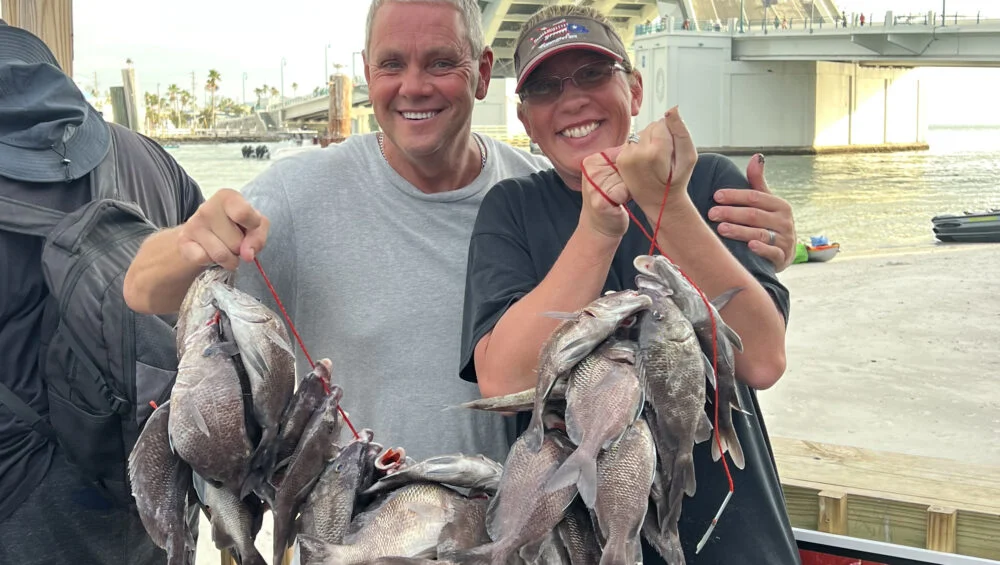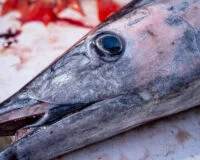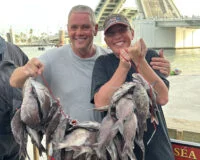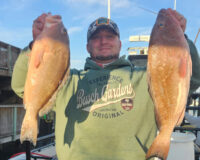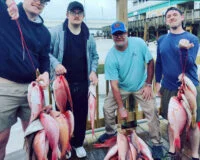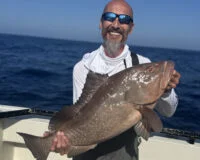Inshore Fishing Report
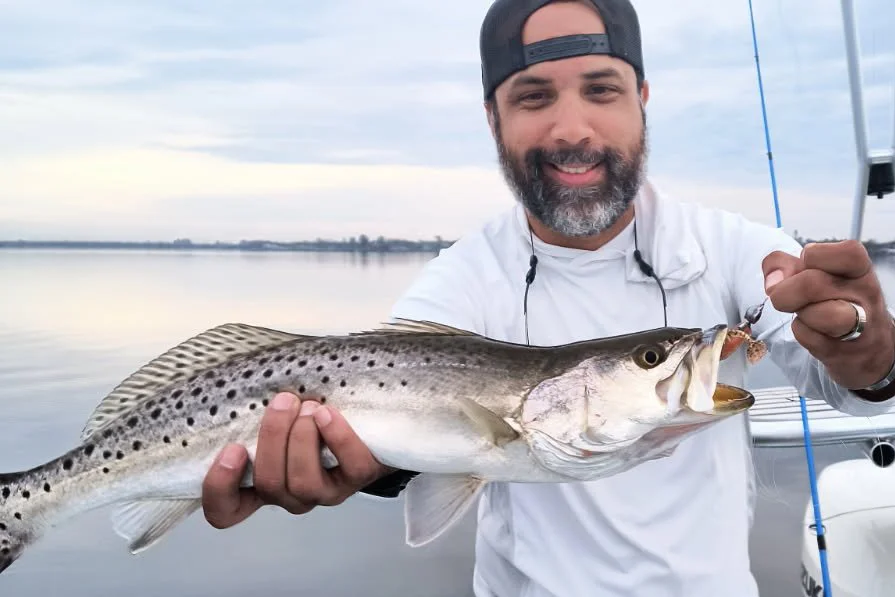
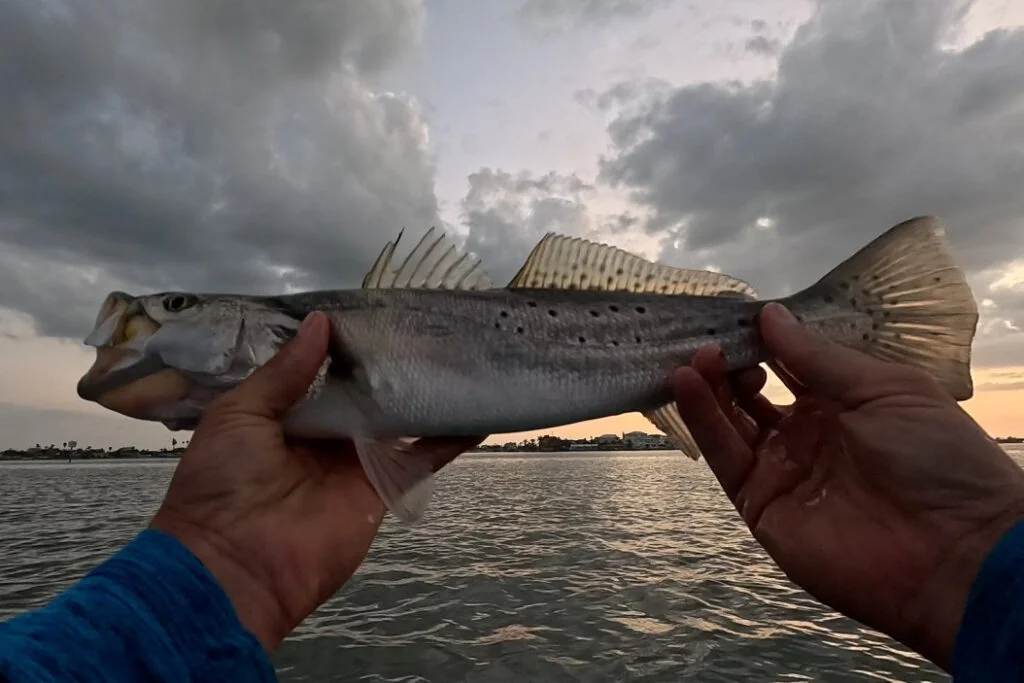
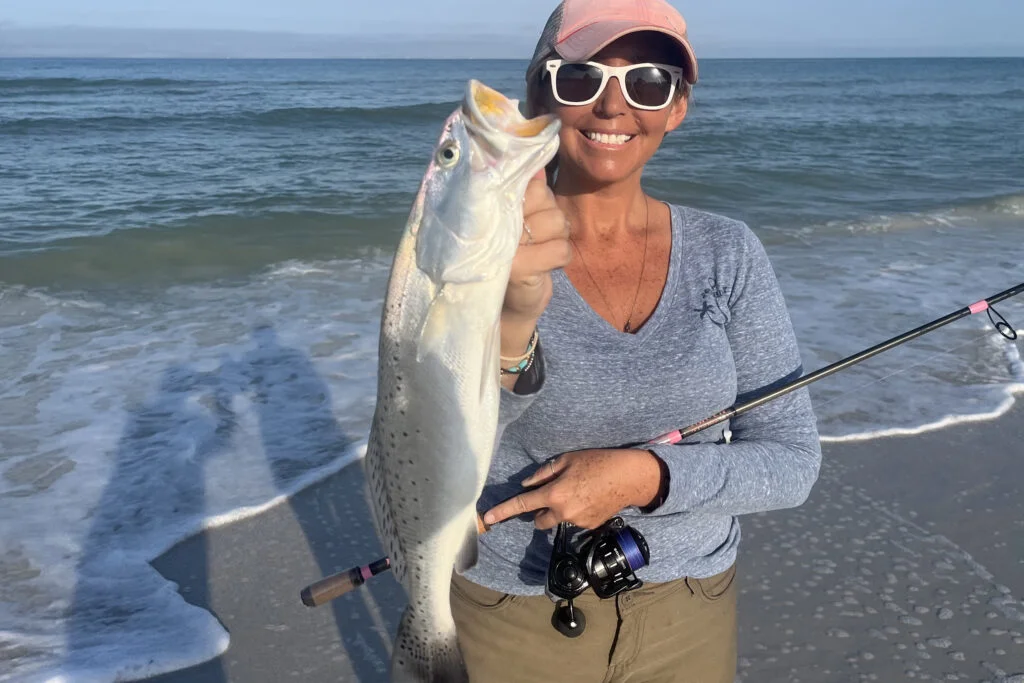
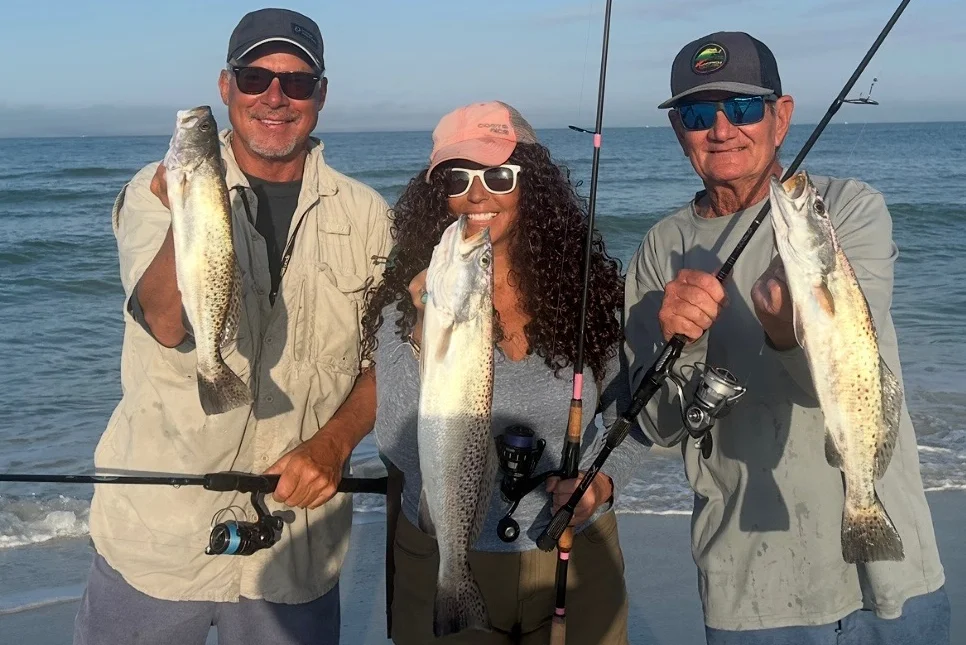
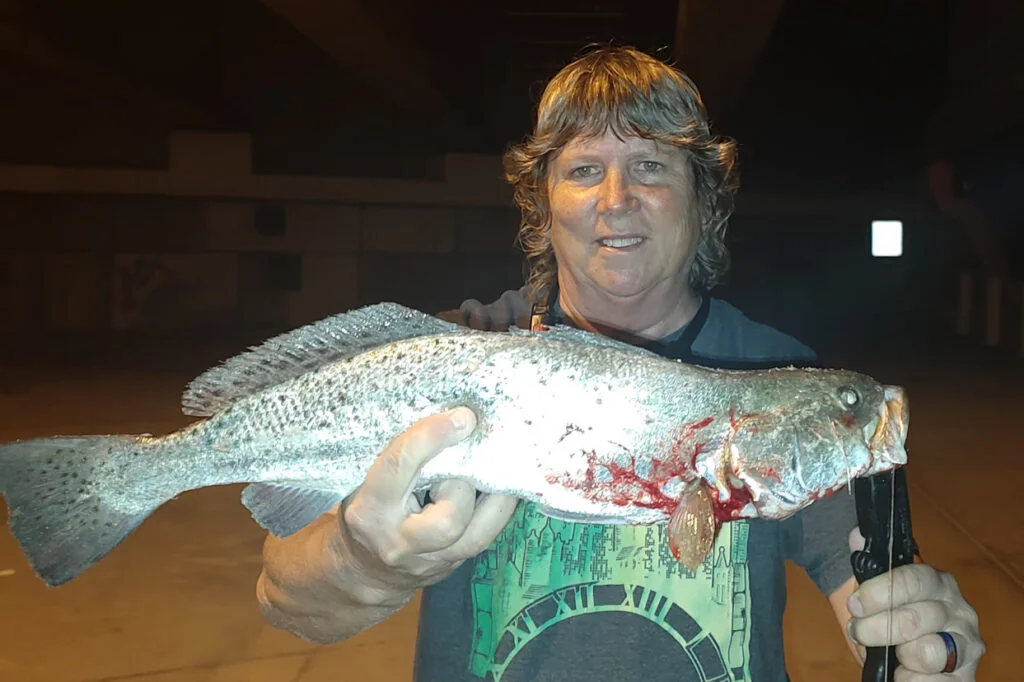
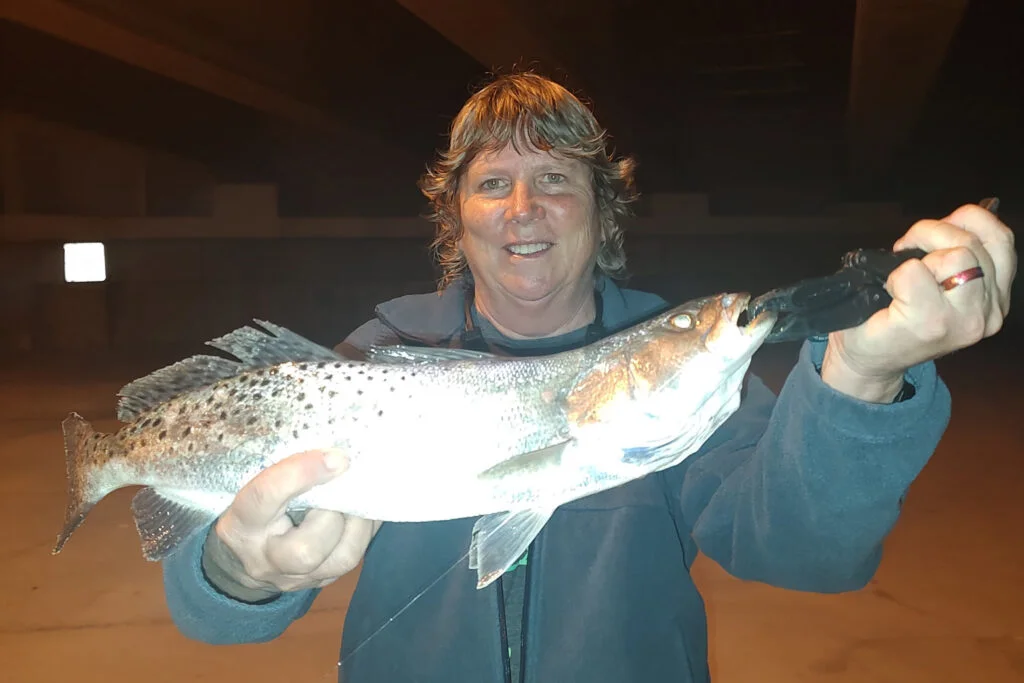
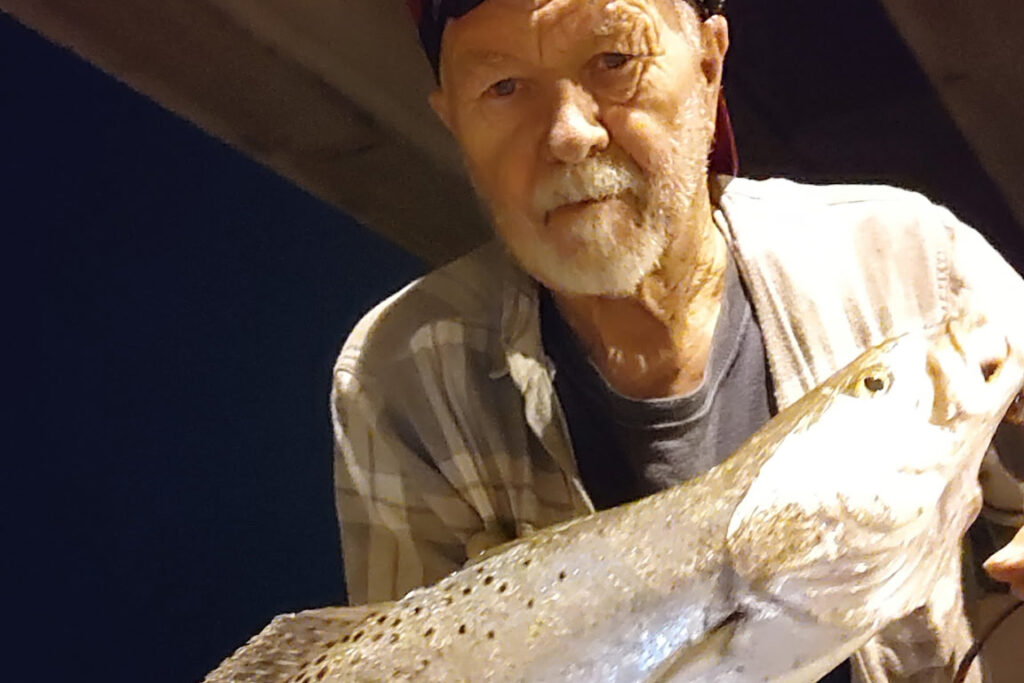
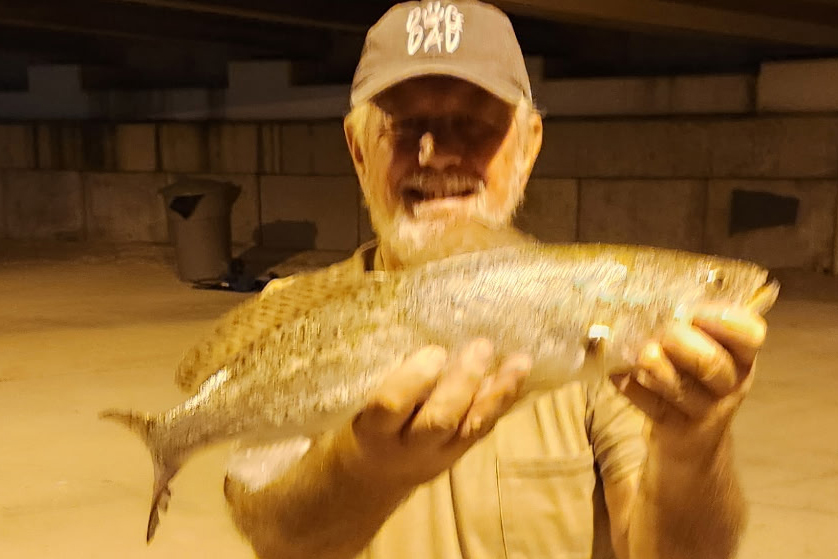

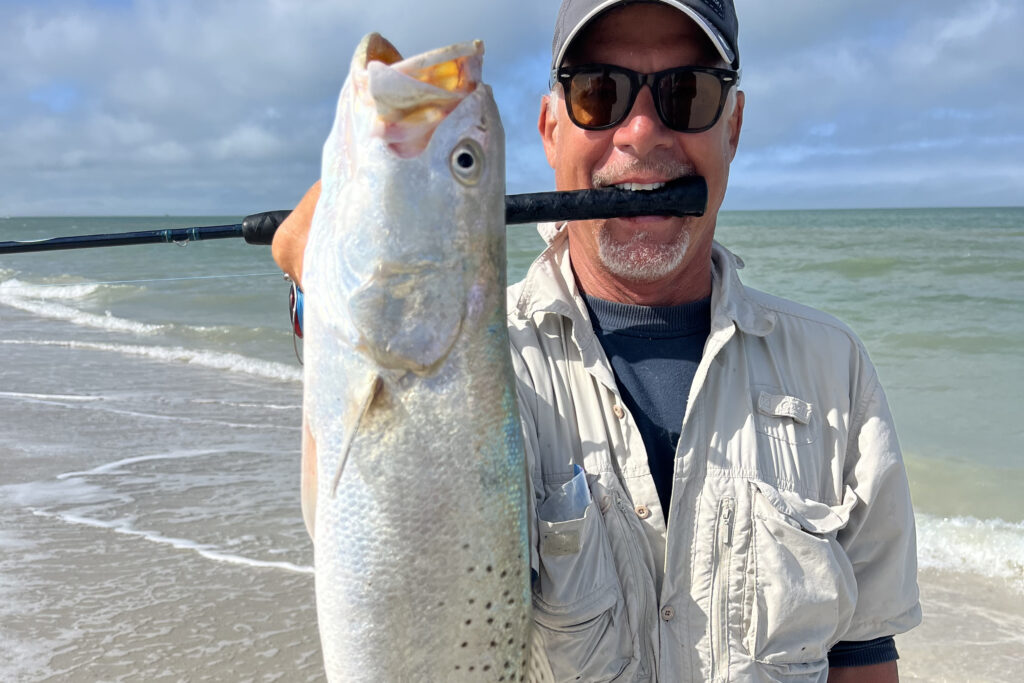

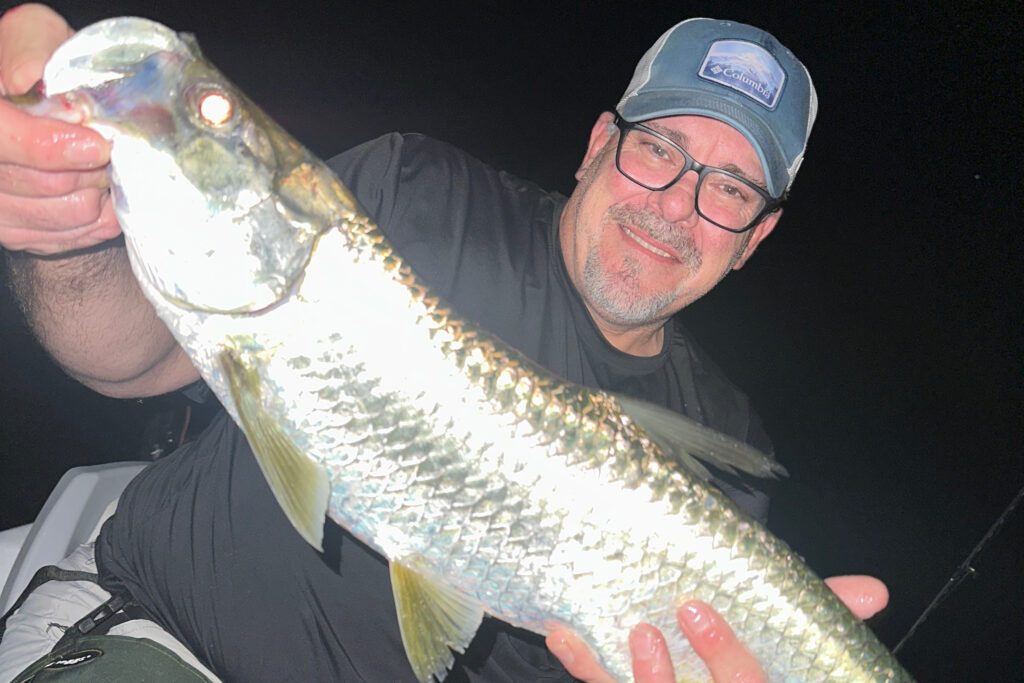
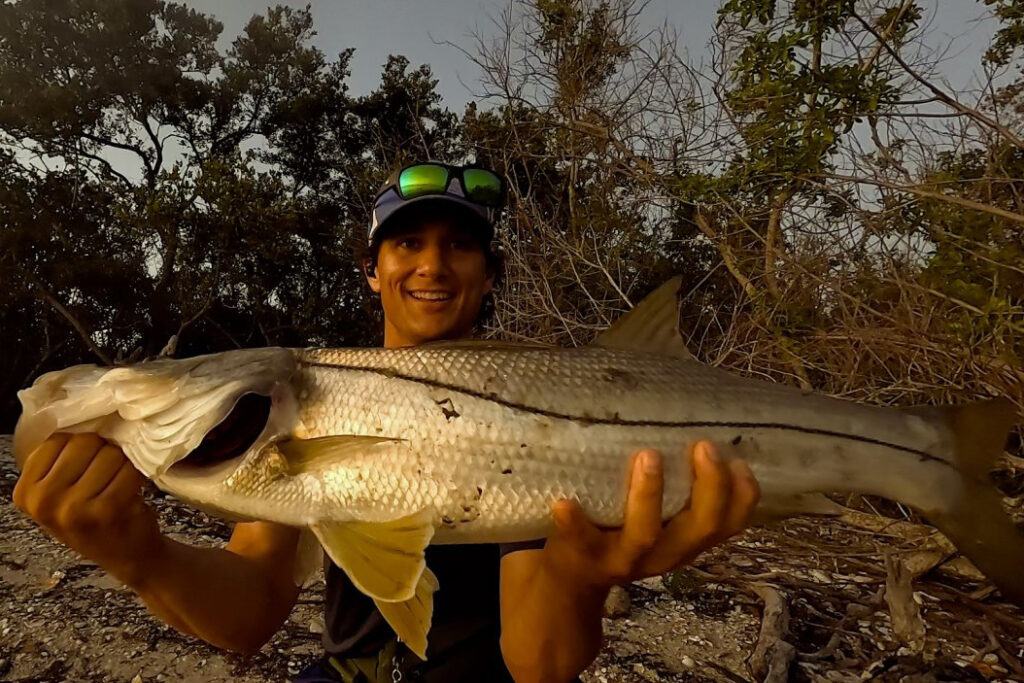
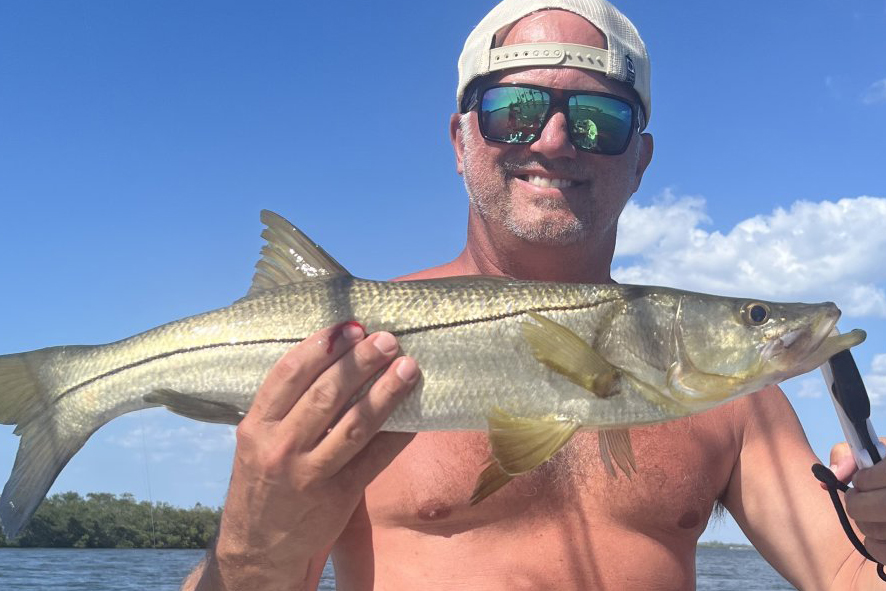
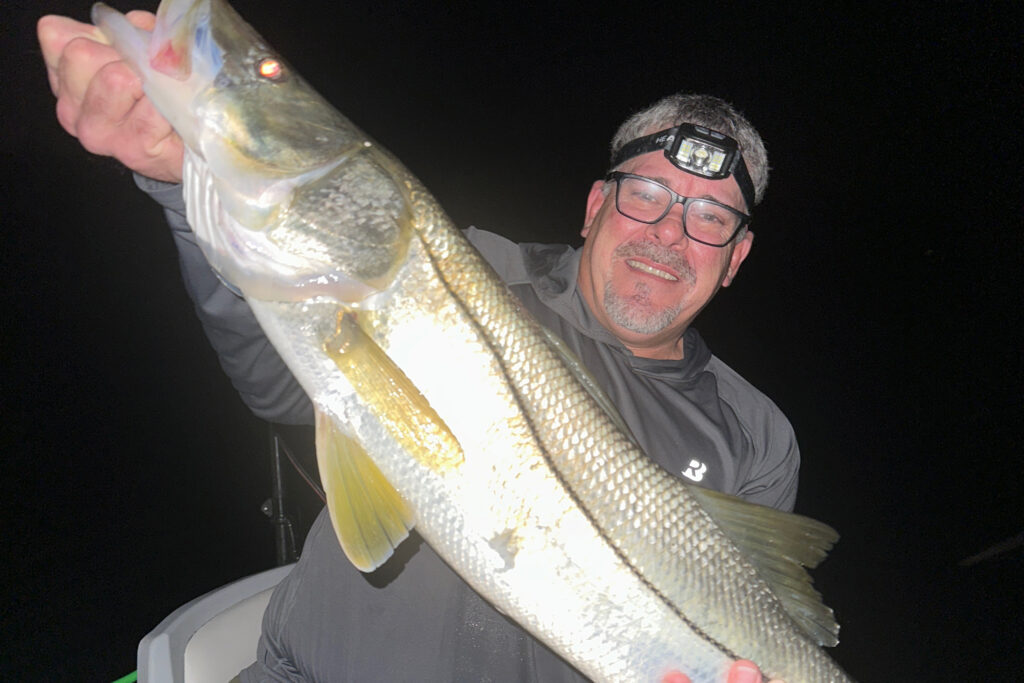
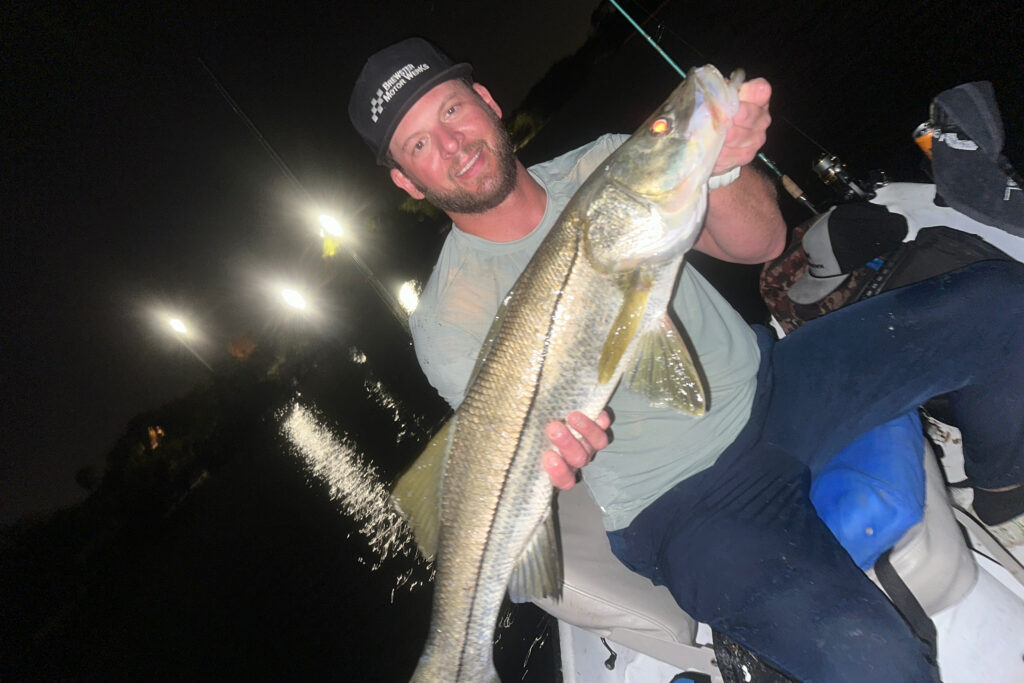

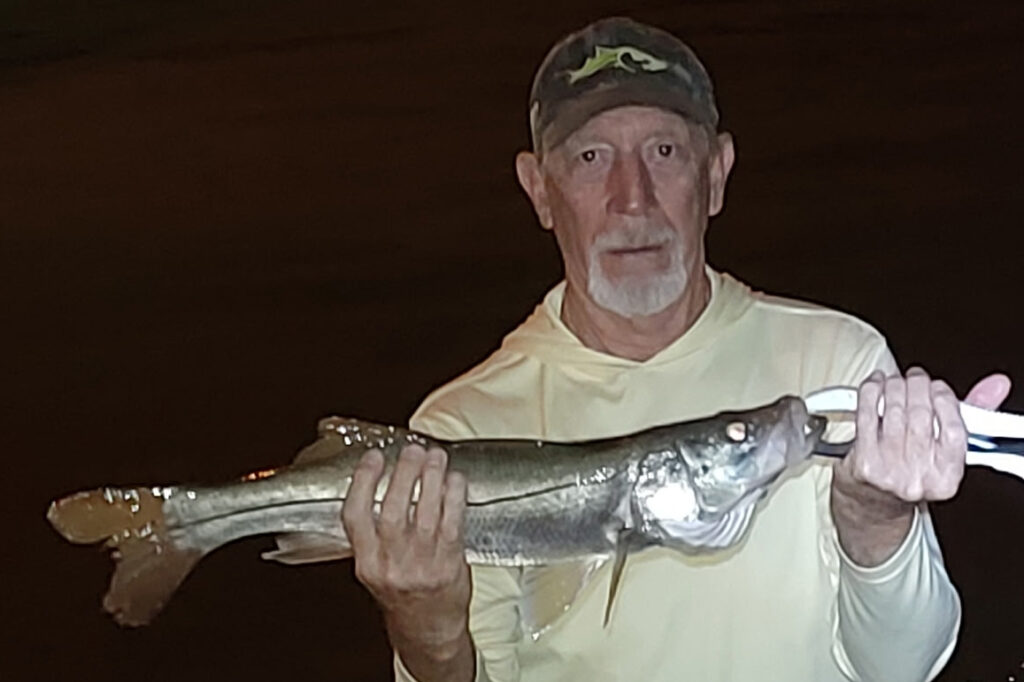
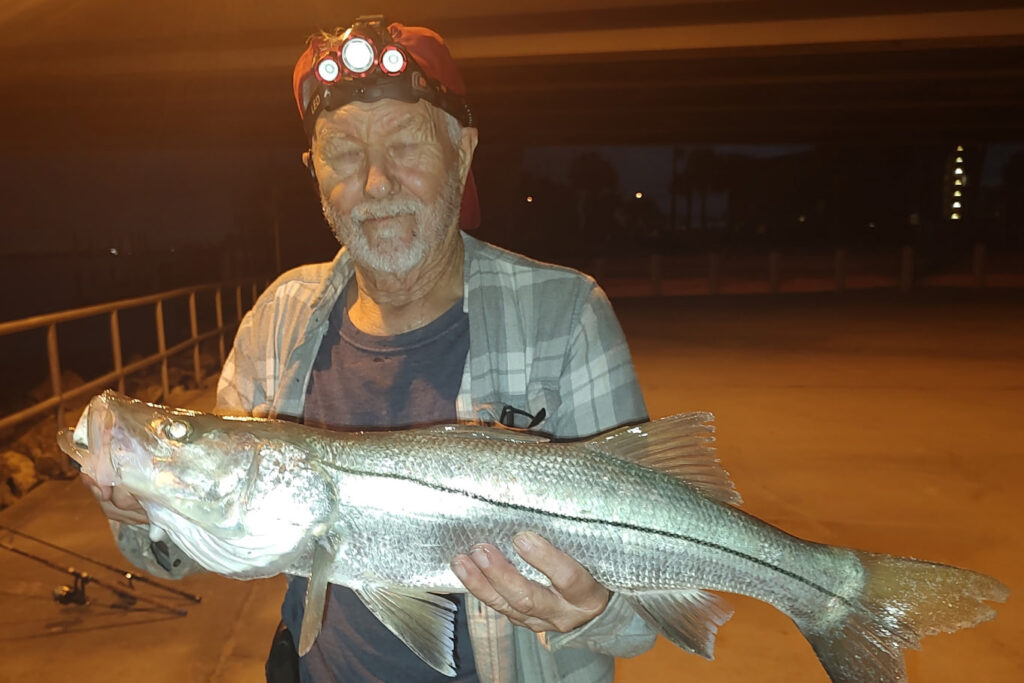
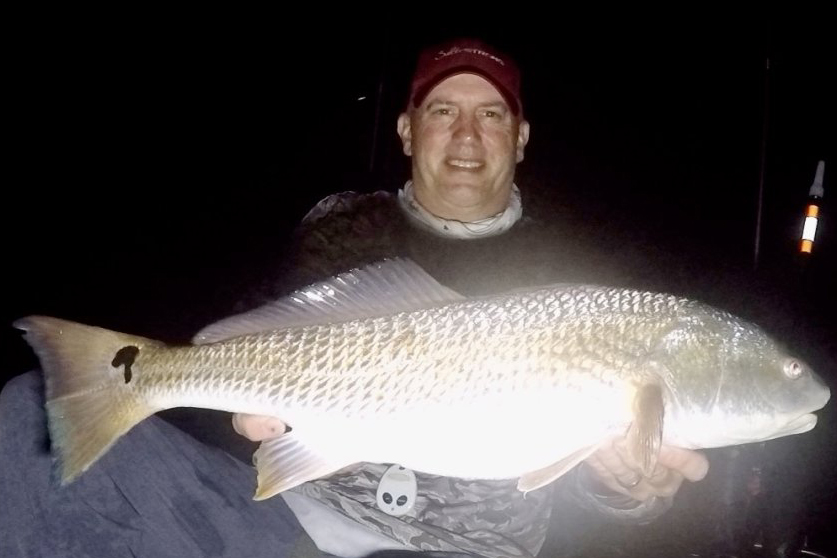

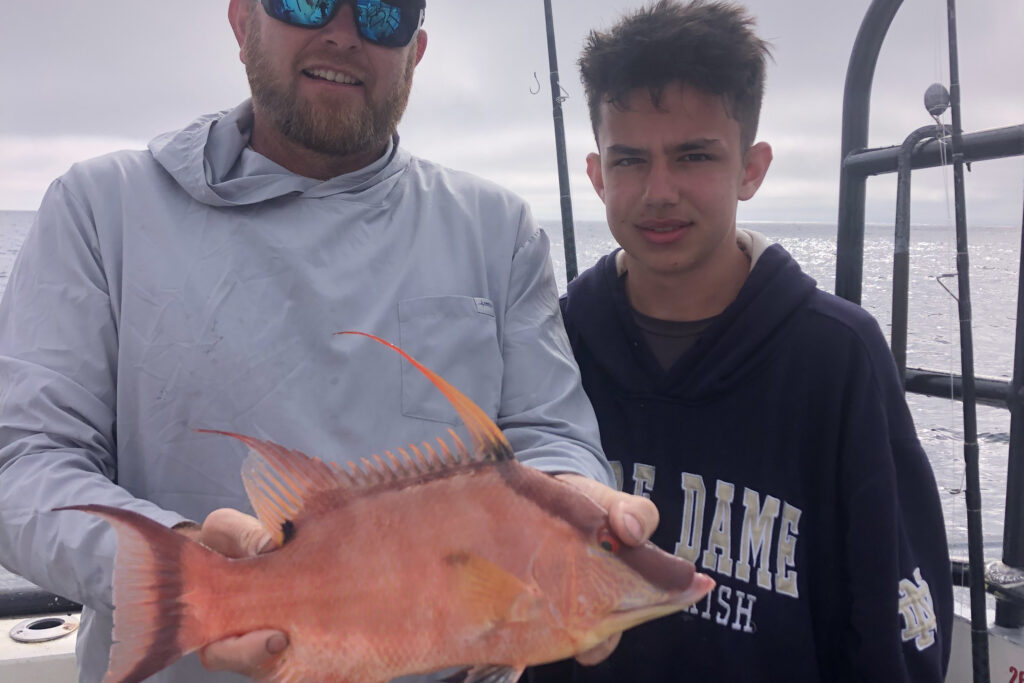
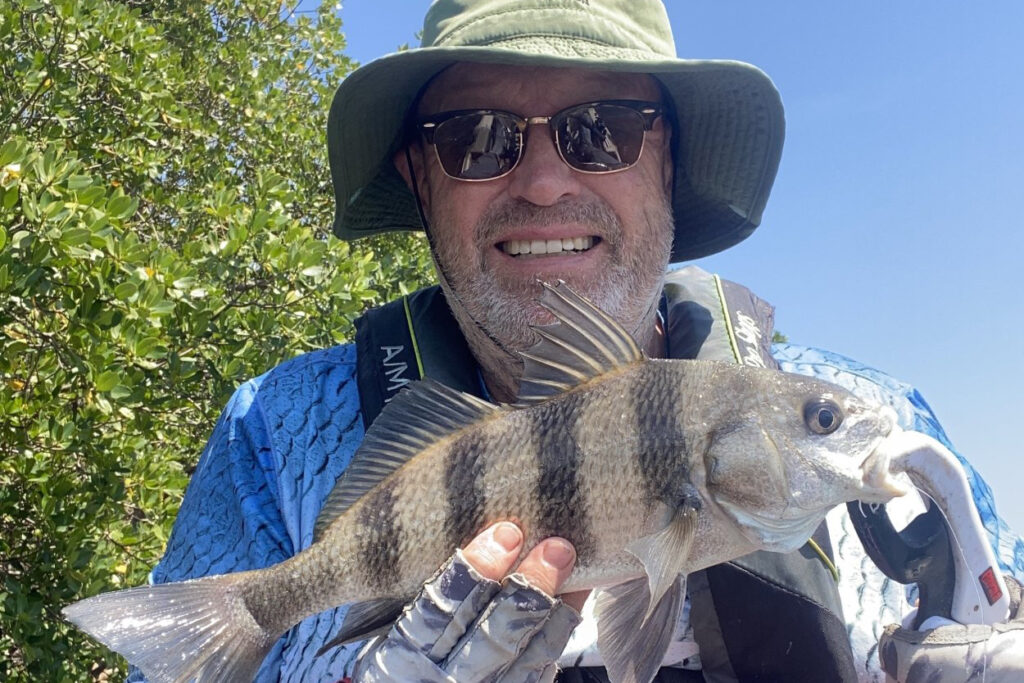
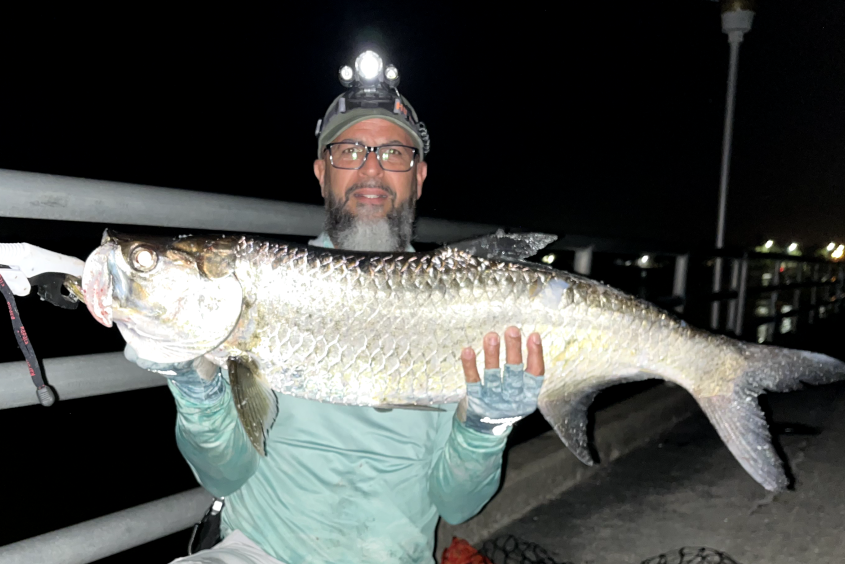
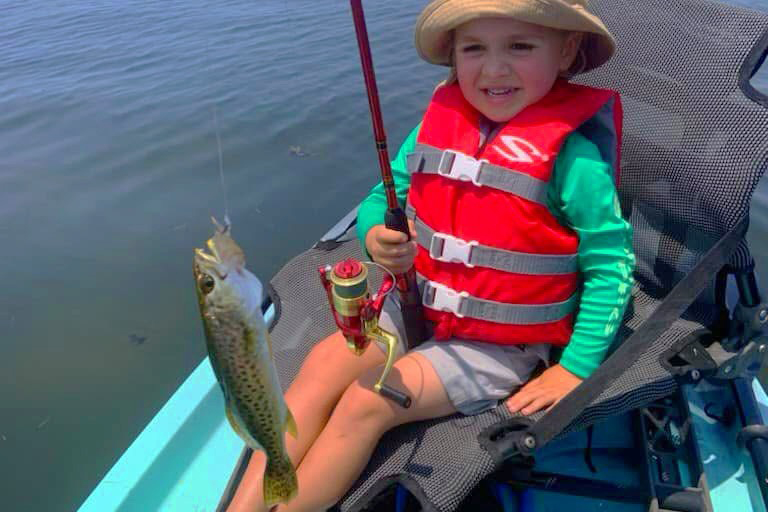
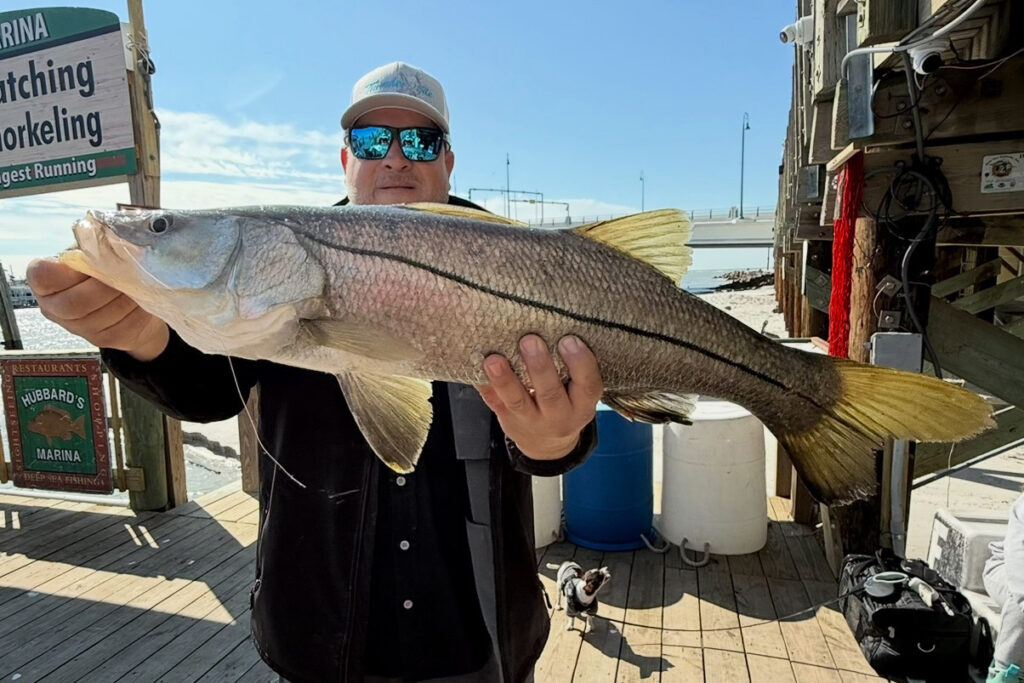
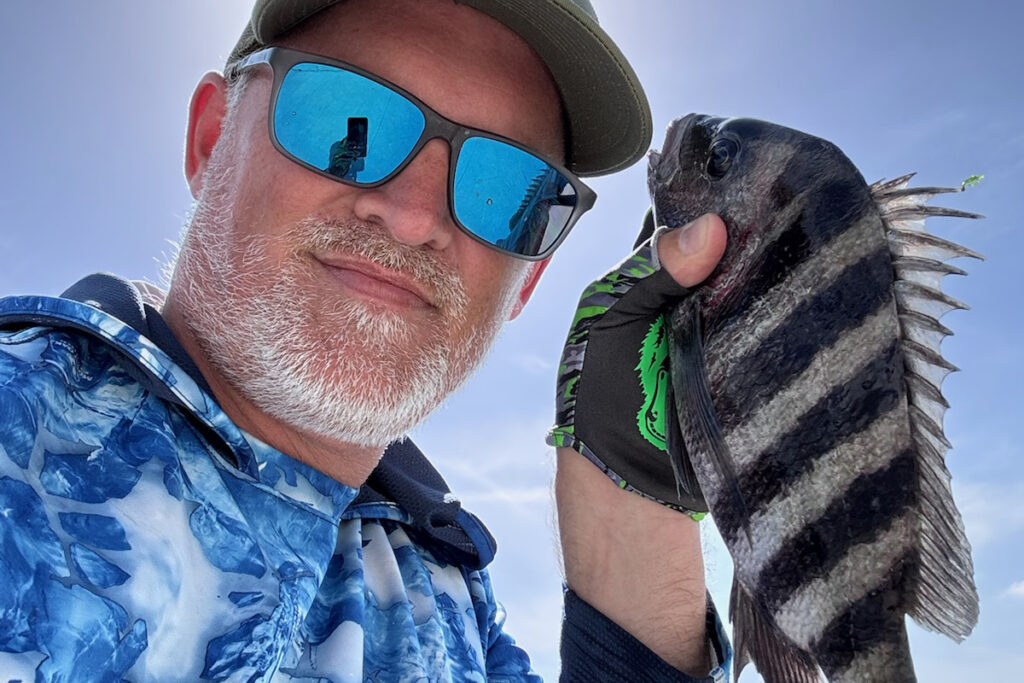
Inshore fishing around Johns Pass and the surrounding bay area is shaping up beautifully as we move further into spring. We’re seeing some solid transitional movement from our snook, with more of these linesiders making their way out of the back bay systems and staging along mangrove shorelines, creek mouths, and points where they can ambush bait.
Trout action continues to impress, especially along the beaches and passes where they’ve been feeding heavily on small whitebait and shrimp. The average size has been solid lately, and they’re hitting soft plastics and live shrimp with gusto.
Redfish remain steady across the region. While they’ve been a little finicky, we’re still managing to locate quality fish along the flats, oyster bars, and mangrove edges. Look for active mullet schools and moving water to help you pinpoint feeding zones.
Sheepshead are still chewing well, especially around the bridges, docks, jetties, and other structure. Fiddler crabs, small shrimp, or pieces of oyster or clam have all been working great.
We’re also seeing great numbers of black drum cruising the flats and hanging near bridge pilings. These are often caught on fresh shrimp or crabs.
Mackerel have officially arrived in full force! These fast-moving pelagics are crashing bait pods along the beaches and into the passes. Keep a pitch rod ready with a flashy spoon, Gotcha plug, or white bucktail jig.
Flounder have been more hit or miss, but a few are still being found around sandy patches near structure or on the edges of flats. Slow-rolling soft plastics or jigging near bottom is your best bet.
Fishing Tips
- Snook: Use live baits like greenbacks, threadfins, and shrimp, or try flair hawks and soft plastics at night.
- Redfish: Look for them around mangroves, oyster bars, and flats, and use dead baits during higher tides.
- Trout: Target them with soft plastics, white bait, and shrimp around deeper flats and potholes.
- Tarpon: Target them during the full moon with crab flushes, making it an ideal time to target them.
- Flounder: Find them near sandy bottoms and structures, biting on bottom baits.
- Pompano: Be prepared to move frequently to stay on their bite.
- Sharks: Use big dead baits in areas with moving water.
Help spread the word about what to do if you hook or entangle a bird. Never cut the line; instead, reel in the bird carefully to dehook and release it. If you accidentally hook a dock, break the line at the hook to avoid leaving any line in the water. Seabirds with fishing lines hanging from them are becoming more common, and this could lead to the closure of fishing areas.
Rising concerns about bird entanglements might result in closing fishing spots, impacting the few available locations around Tampa Bay from shorelines, docks, bridges, or piers. Learn more in our recent podcast with Salt Strong: https://www.saltstrong.com/articles/shutting-down-fishing-at-busy-pier/.
NEarshore Fishing Report
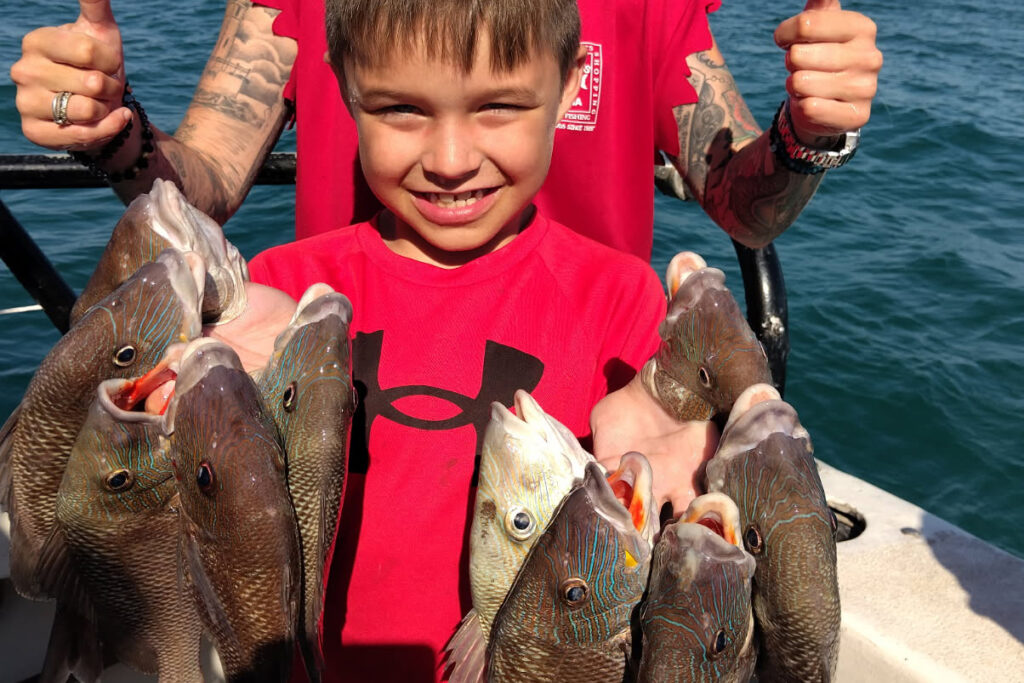
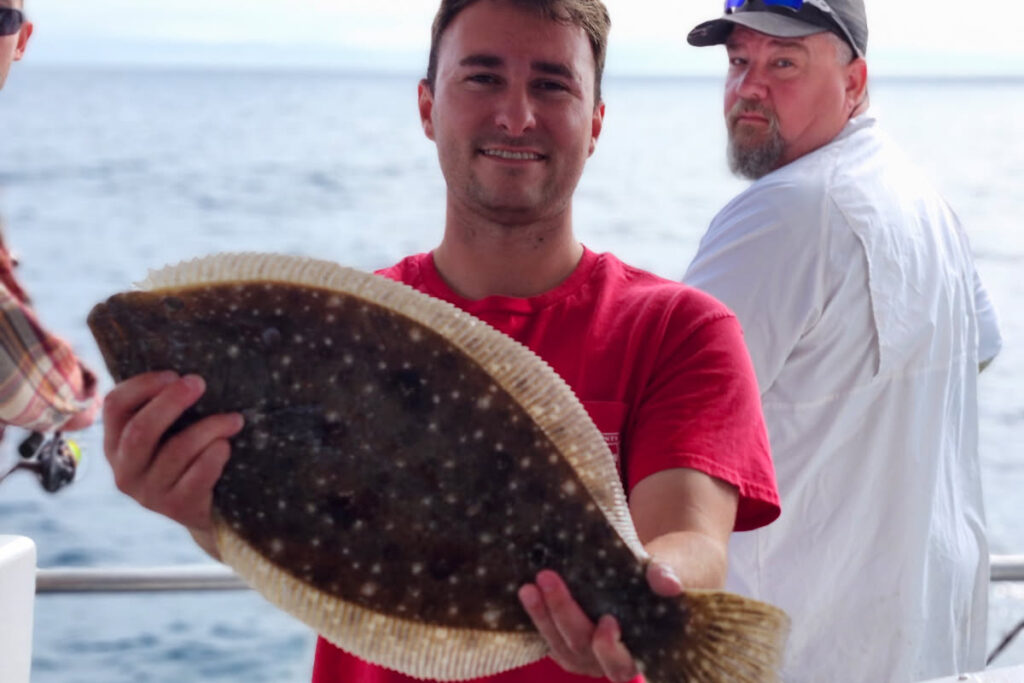
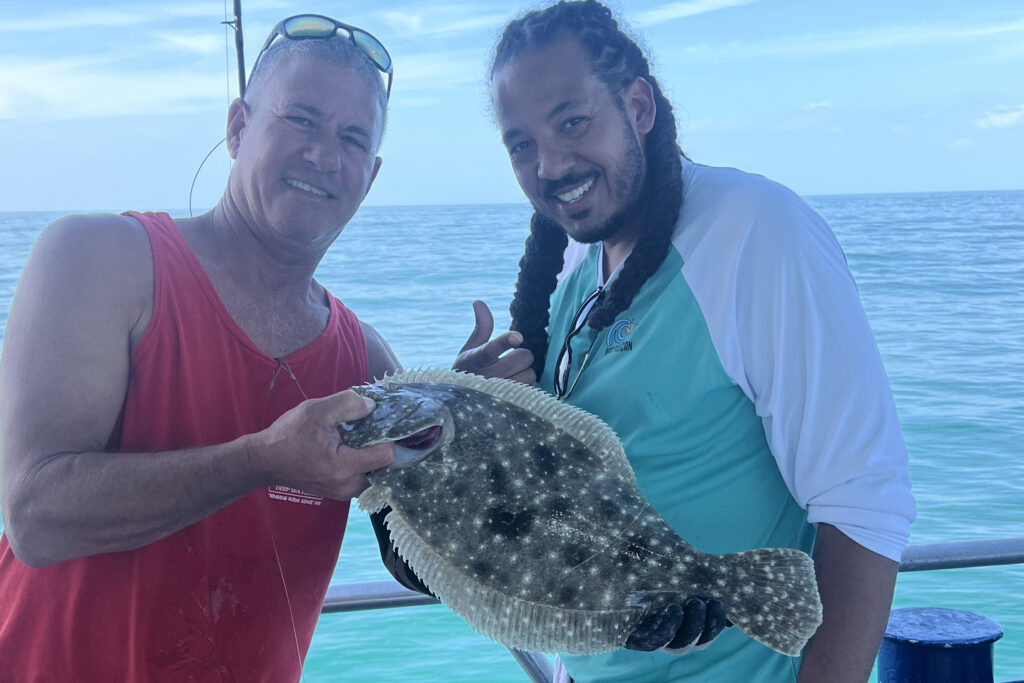
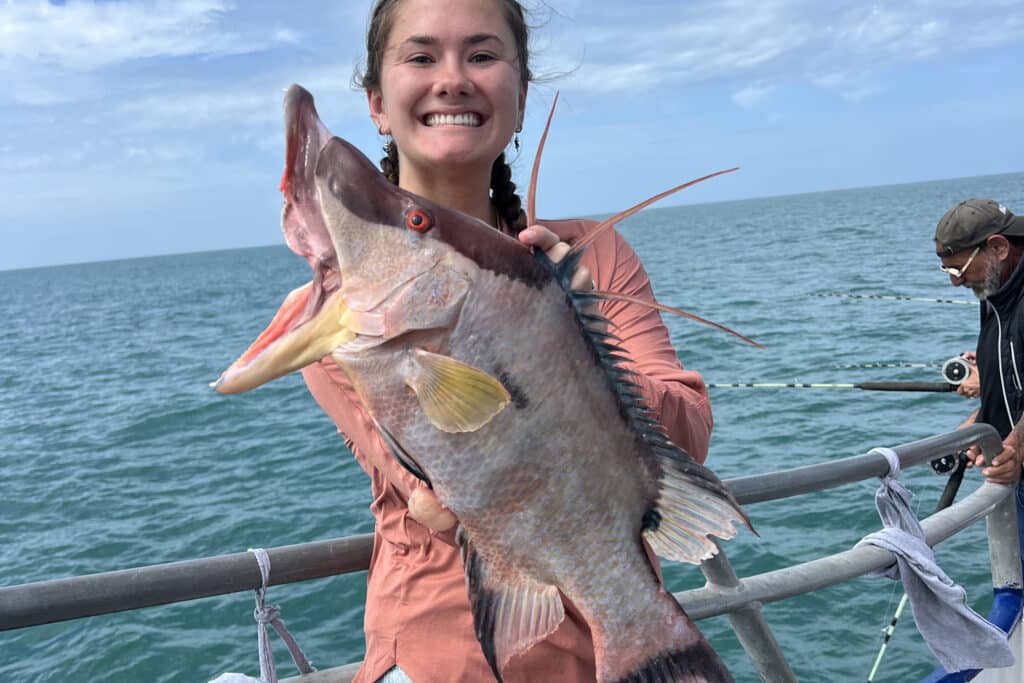
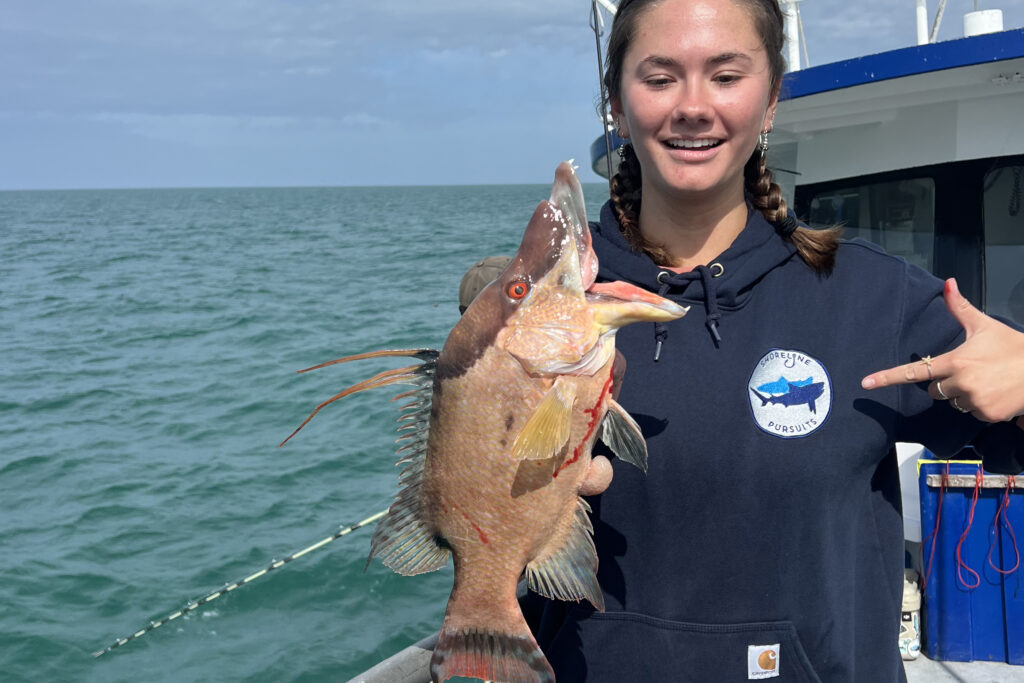
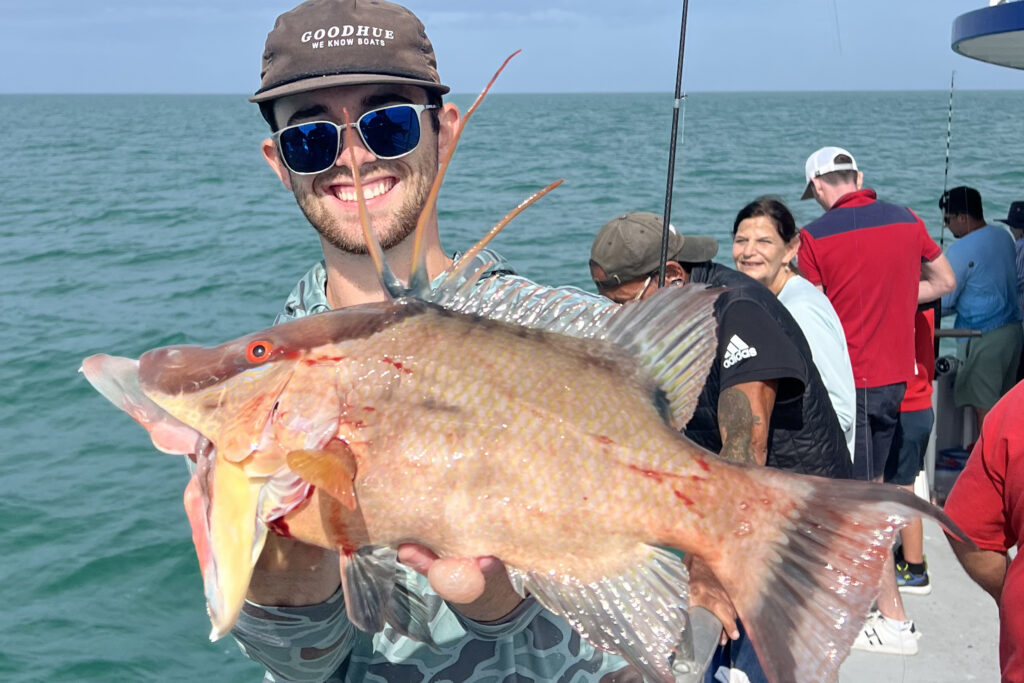
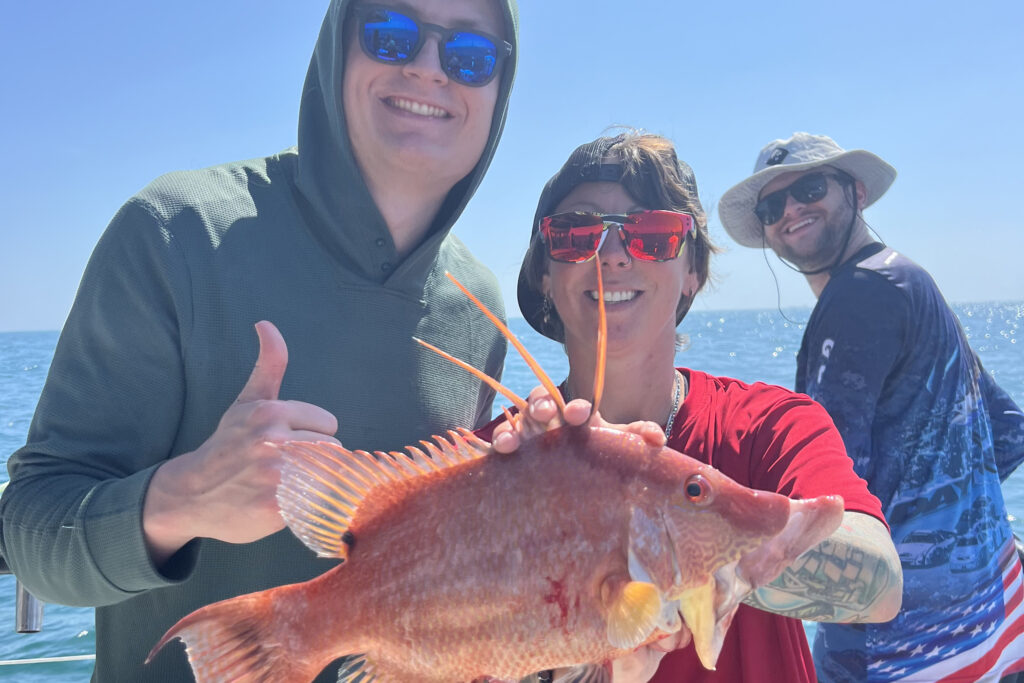
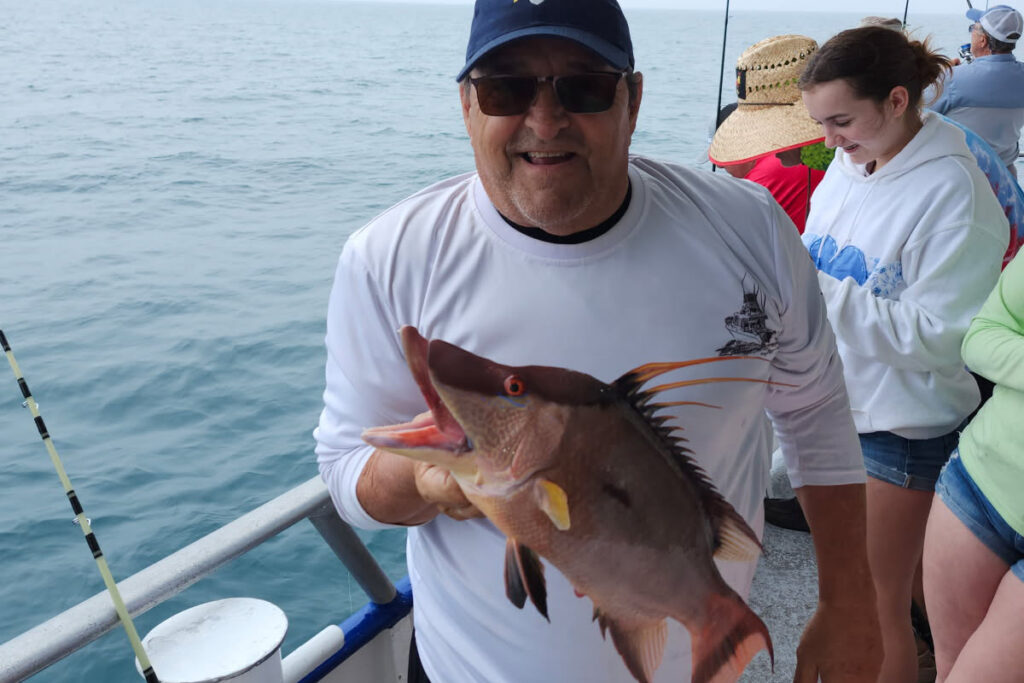
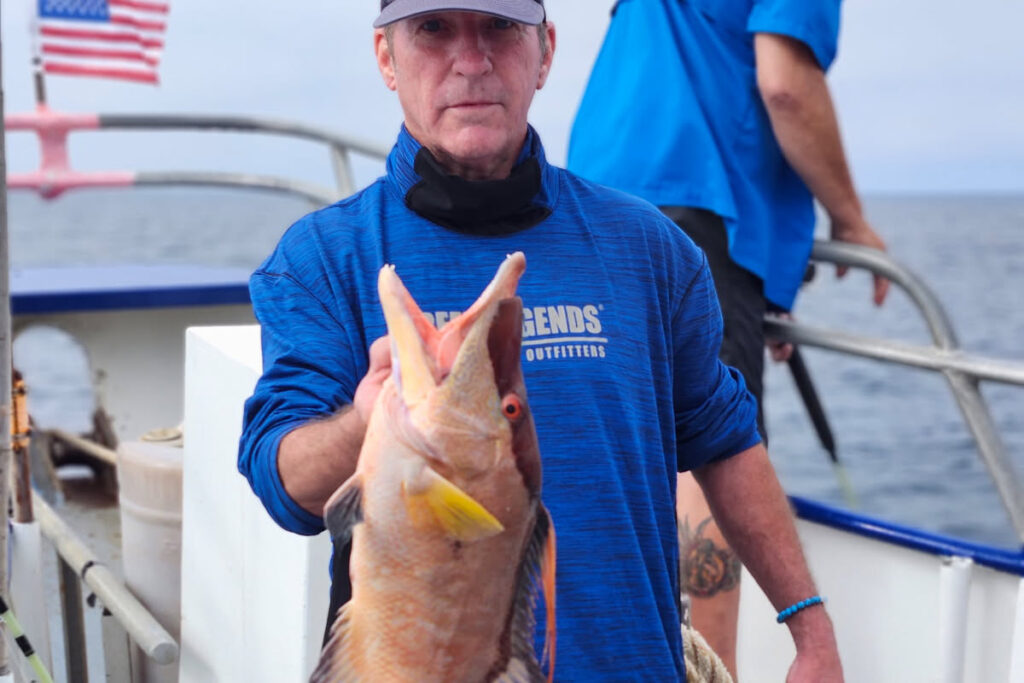
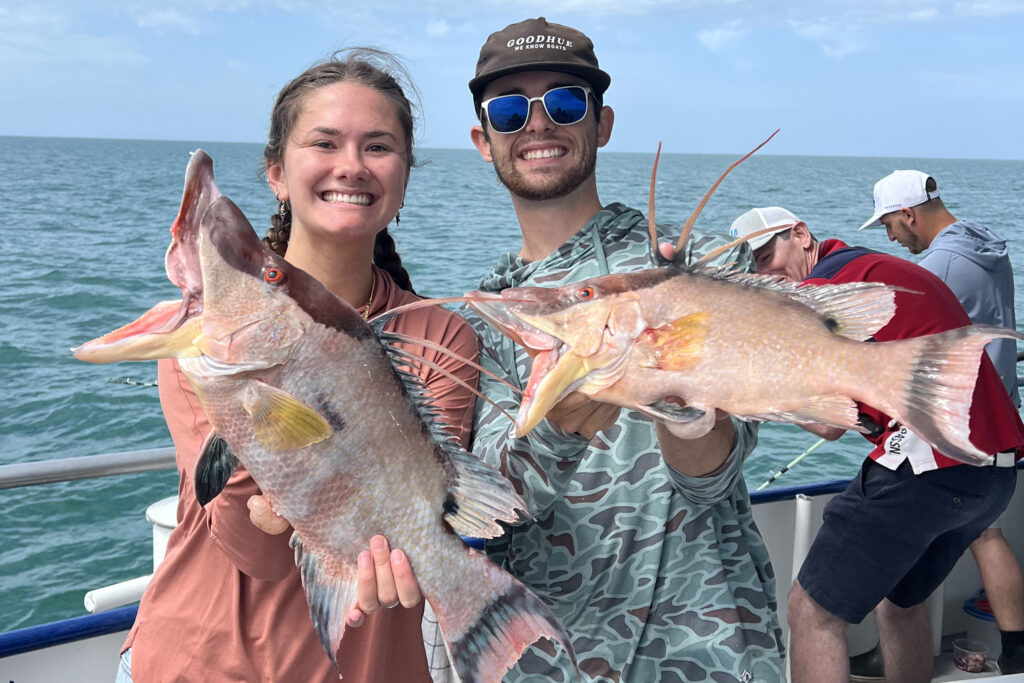
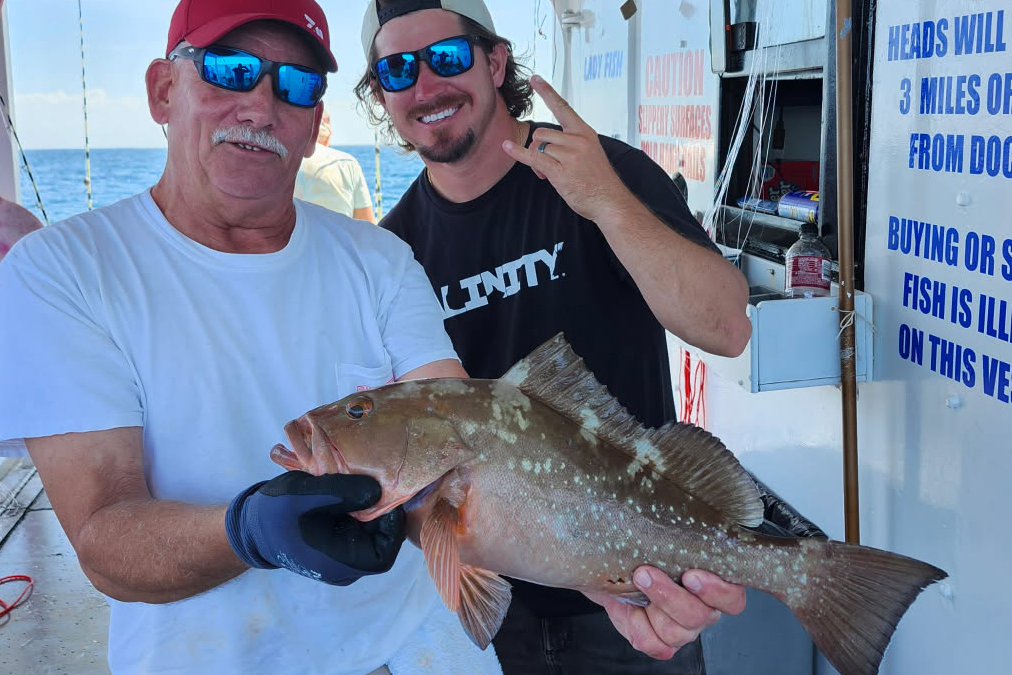
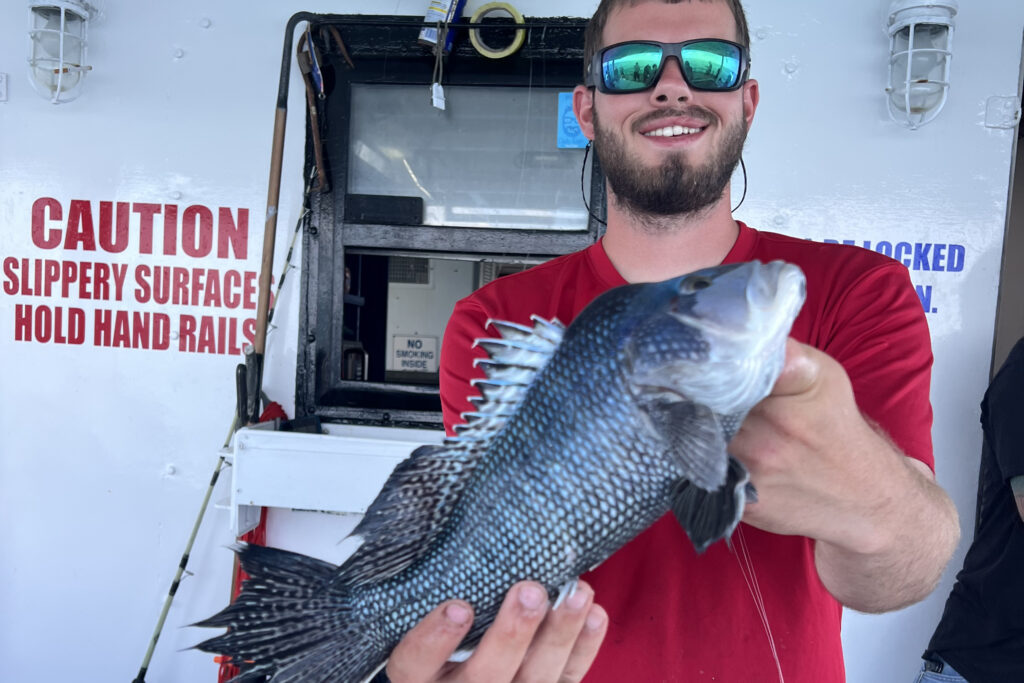


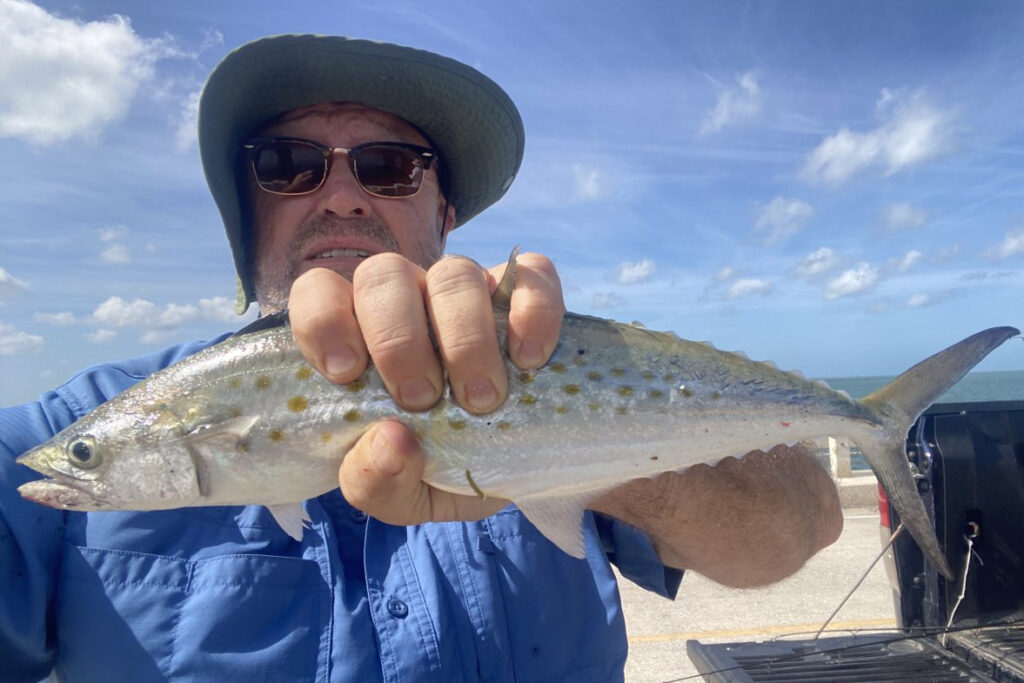
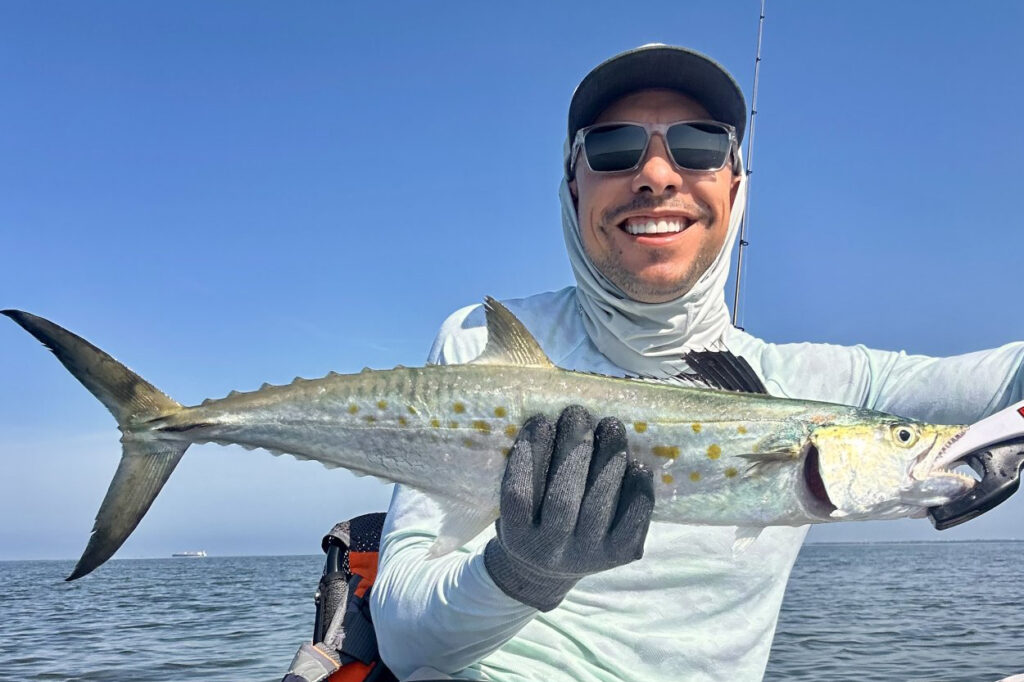
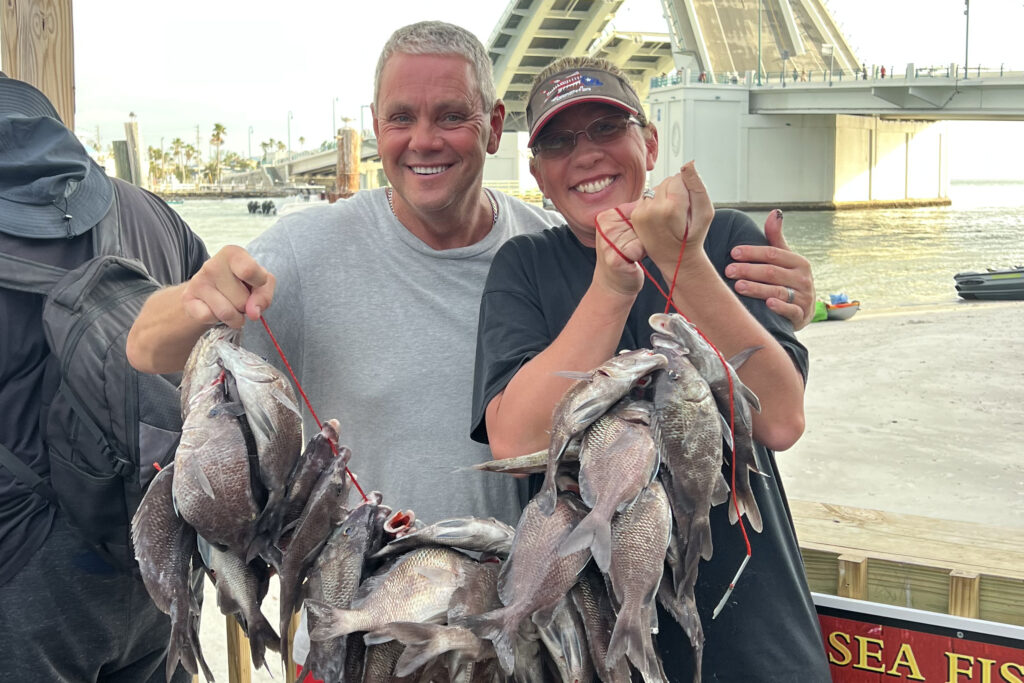
Near shore fishing continues to produce a strong variety of species, and it’s only getting better as the spring season builds momentum.
Lane snapper have been thick around the 60 to 100-foot range. These aggressive little guys love squid strips, shrimp, and chunks of threadfin herring. Live shrimp tend to draw in the bigger ones, so bring a few dozen if you’re planning to load up on lanes.
Mangrove snapper are also showing up well in the near shore waters. While they’re not always thick, some days have produced solid numbers with quality sizes in the mix. The double snell rig and a small chunk of threadfin remains a deadly combination.
Red grouper action has picked up nicely in the deeper near shore depths approaching 100 feet. Big dead baits like whole squid or strips of bonita, as well as live pinfish, have been producing the best results.
We’re seeing plenty of Spanish mackerel crashing bait pods from just off the beach out to 60 feet. Keep your trolling gear or pitch rods ready. Kingfish are beginning to show more frequently too, and it won’t be long before we’re in the thick of kingfish season! Flat lines with a live whitebait or sardine are your best shot.
Fishing Tips
- Red Grouper: Target the deepest near shore waters with big dead baits or solid live baits. Use 60 lb test and 7/0 hooks for best results.
- Red Snapper: Use big dead baits like whole squid and bonita strips with heavy tackle to focus on larger fish. Prime trips include the 12-hour extreme, 39-hour, and 44-hour trips.
- Scamp Grouper: Use small to medium pinfish and cut threadfin, especially while targeting mangrove snapper.
- Mangrove Snapper: Near shore, use live shrimp and small chunks of threadfin on 30-40 lb test with 3-4/0 hooks. Offshore, use bigger chunks of cut threadfin or medium pinfish on 40-60 lb test with 5-7/0 hooks.
- Vermillion Snapper: Start around 100 feet of water using cut squid or threadfin. These fish are aggressive and not leader-shy.
- Yellowtail Snapper: Use shrimp, cut squid, and threadfin.
- Pelagic Species: Keep flat lines and pitch rods ready for sailfish, kingfish, wahoo, tuna, and mahi mahi.
Offshore Fishing Report
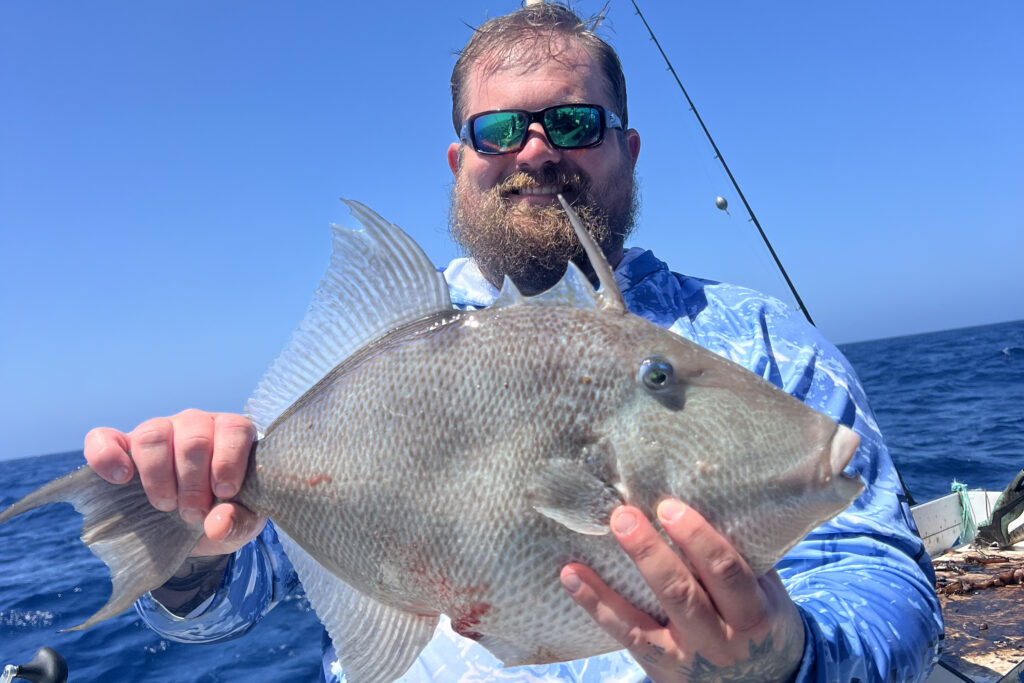
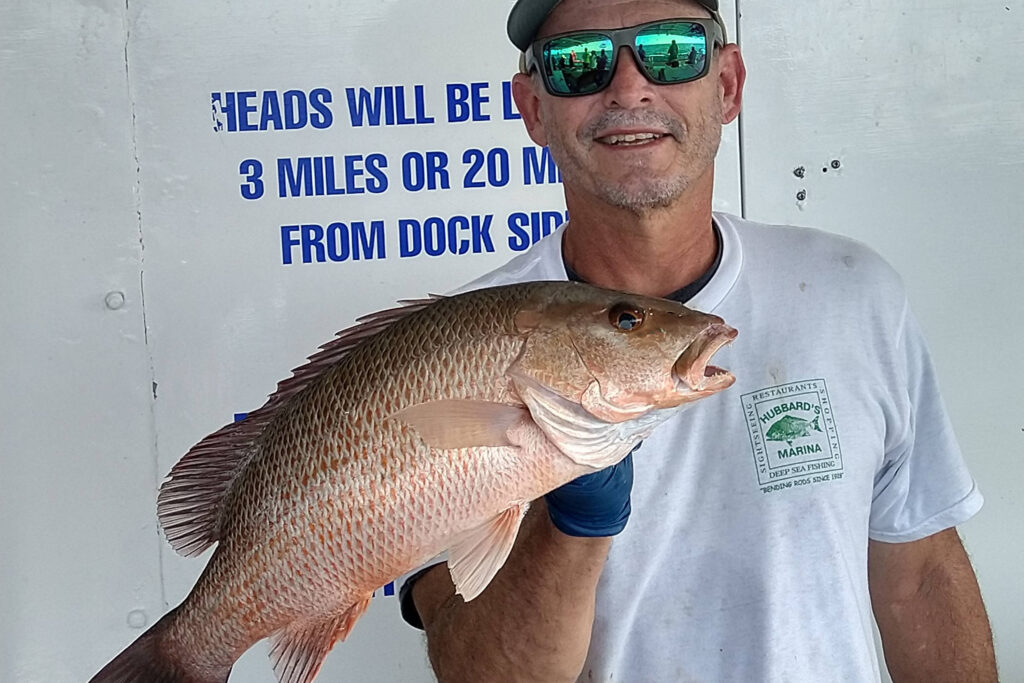
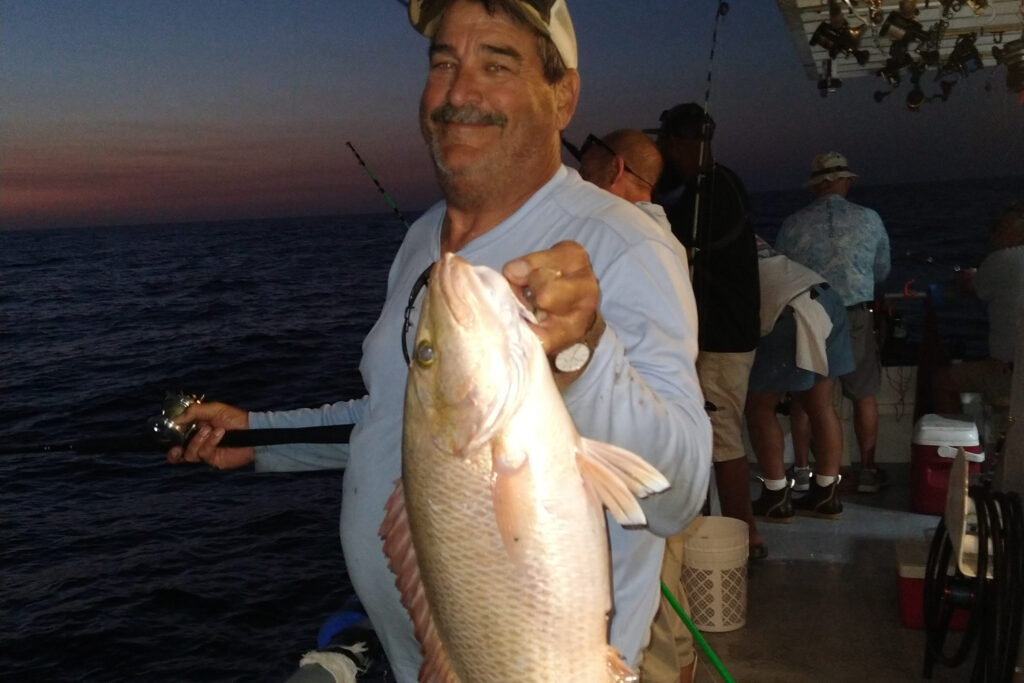
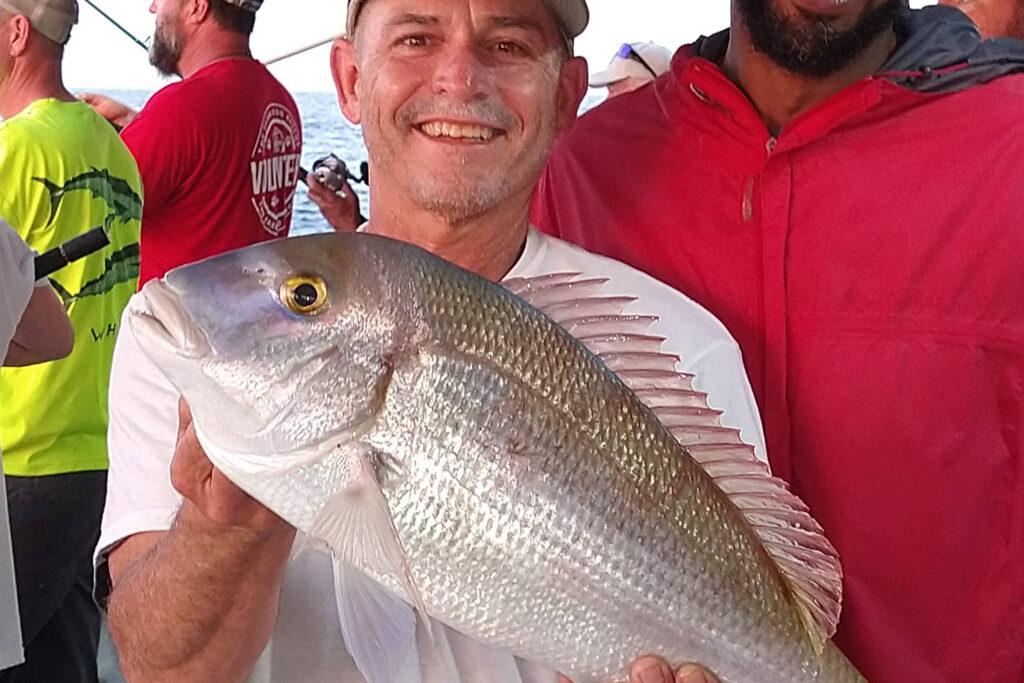
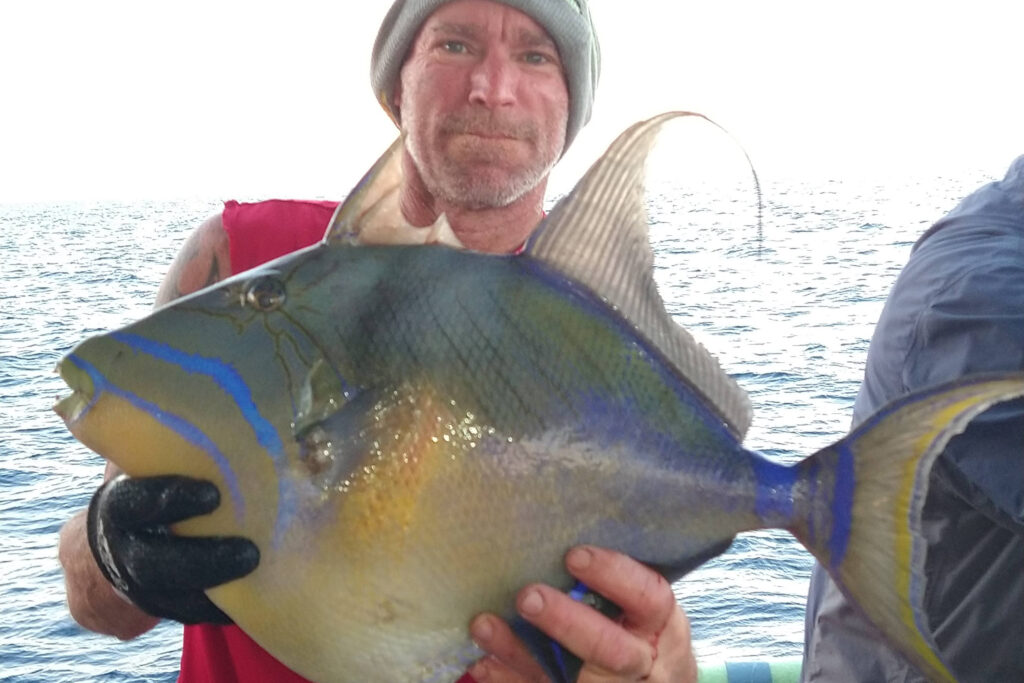
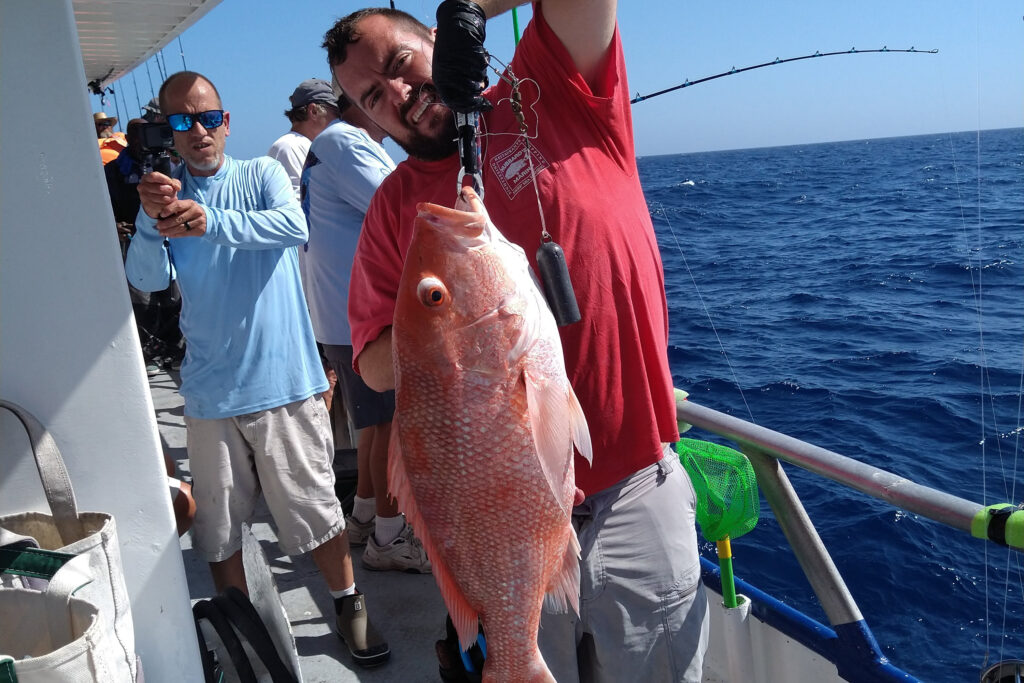
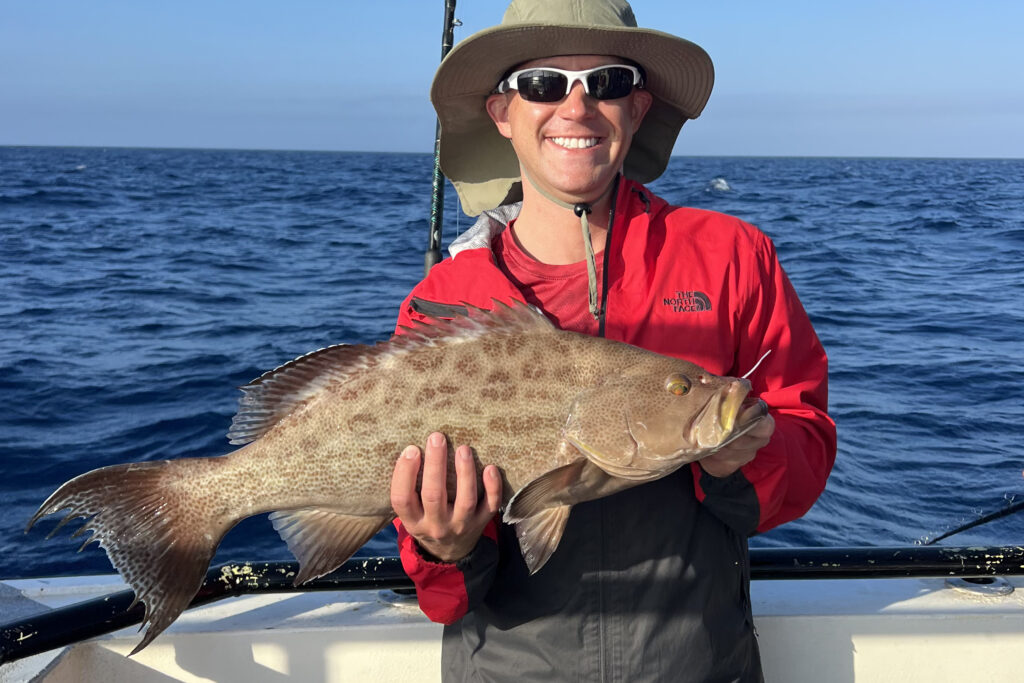
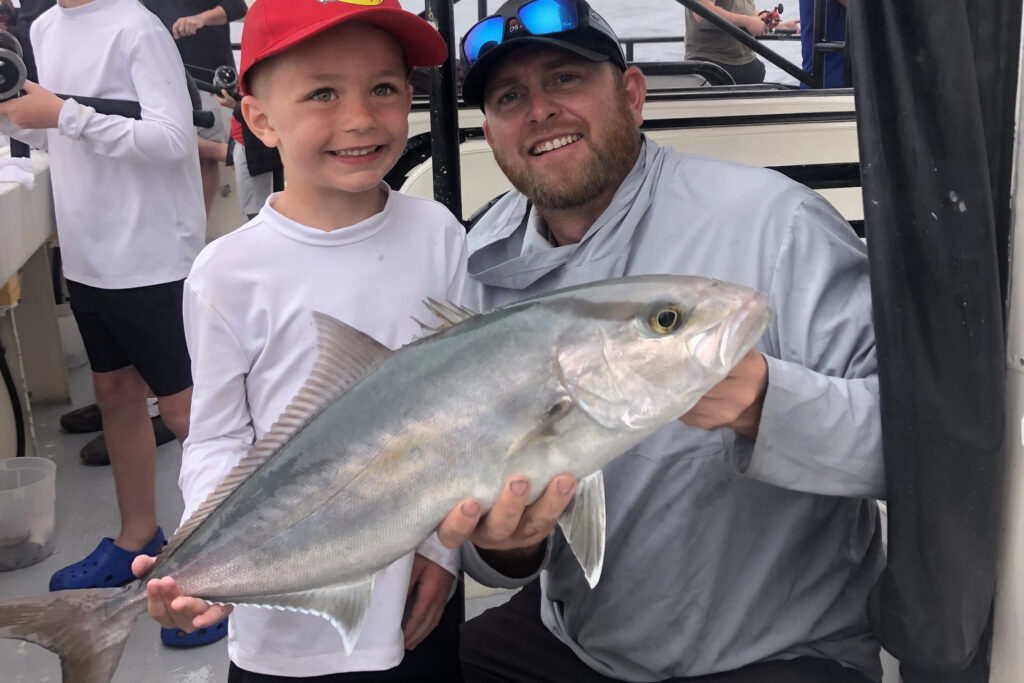
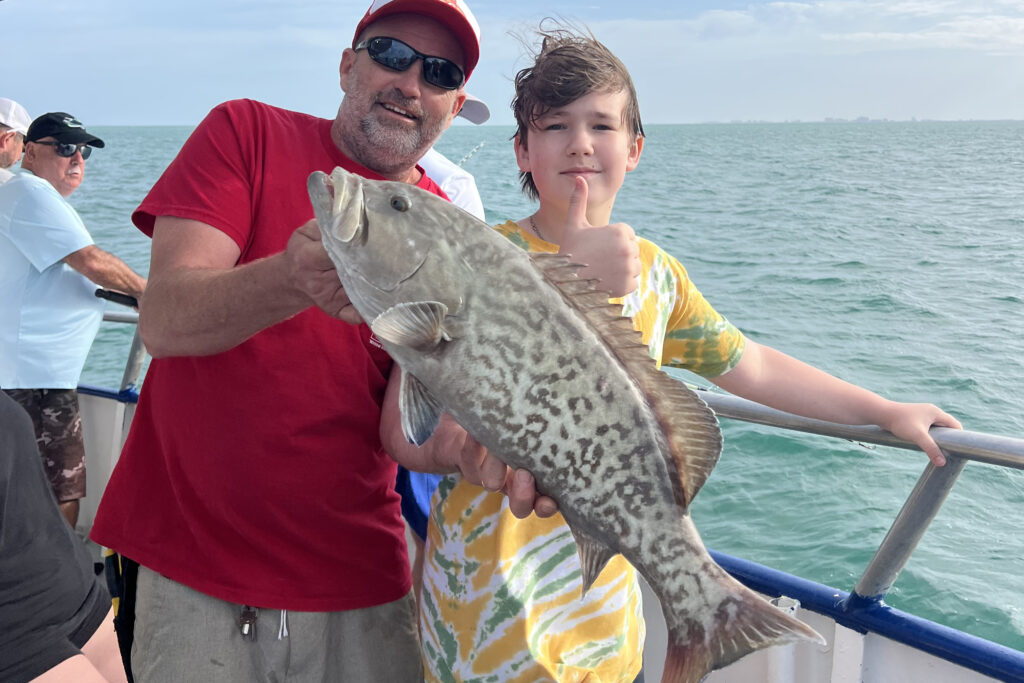
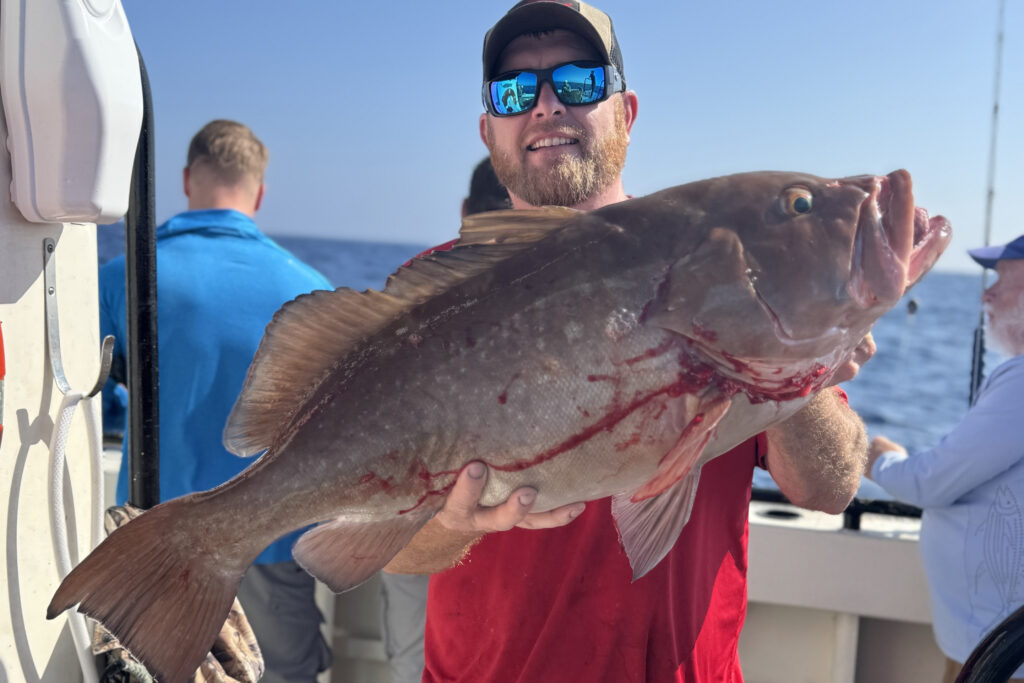
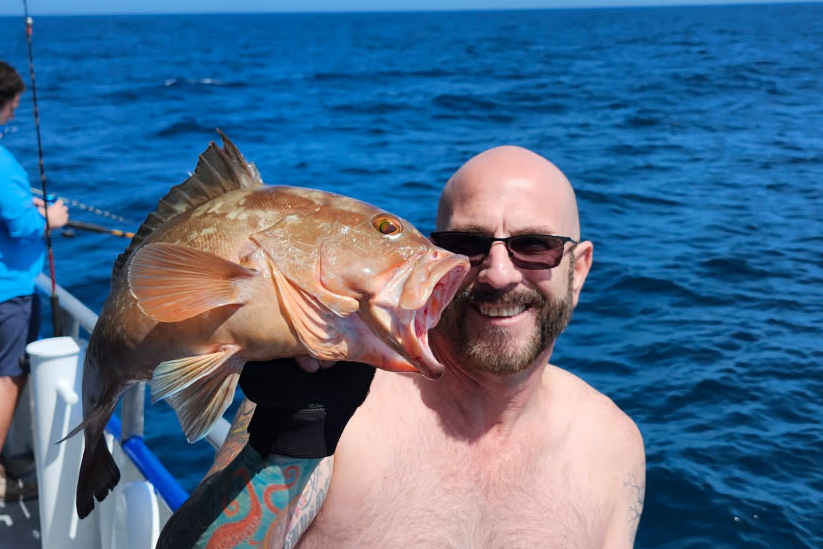
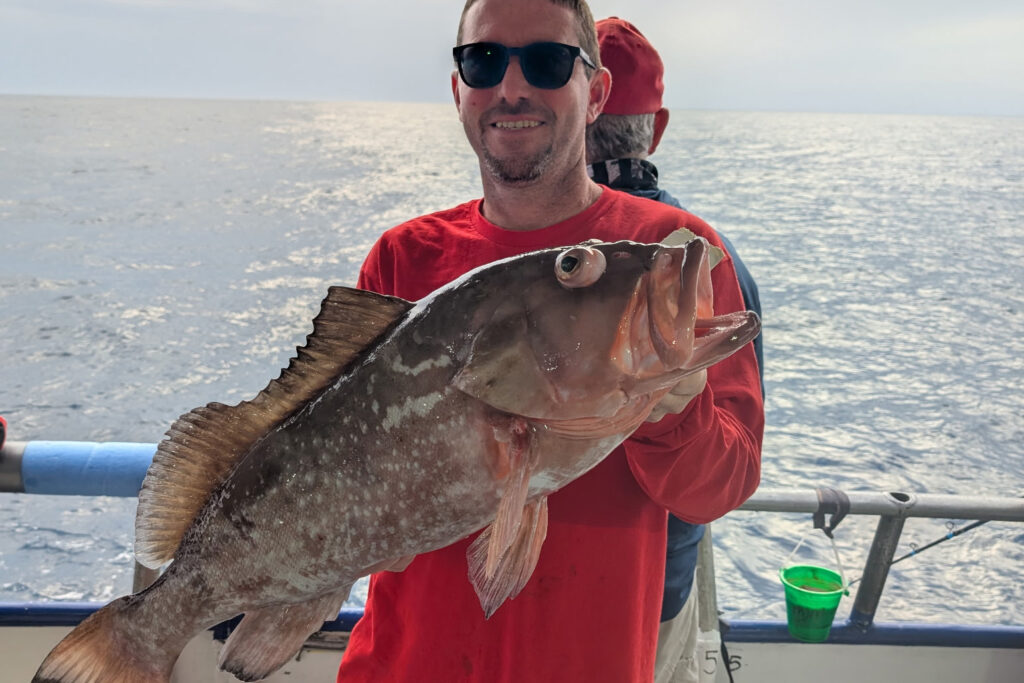
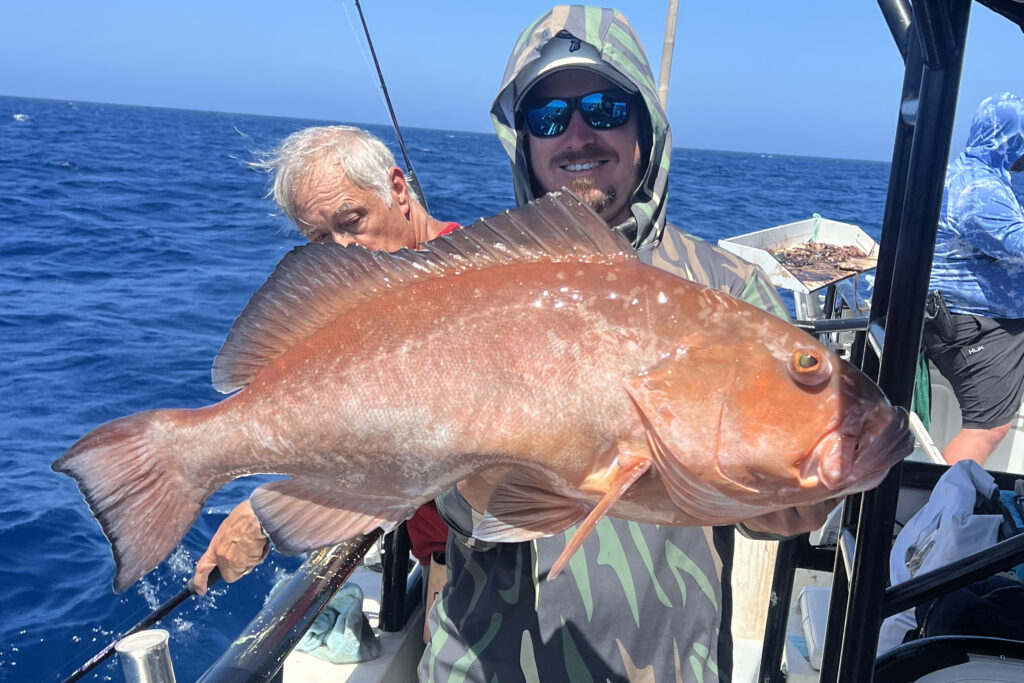
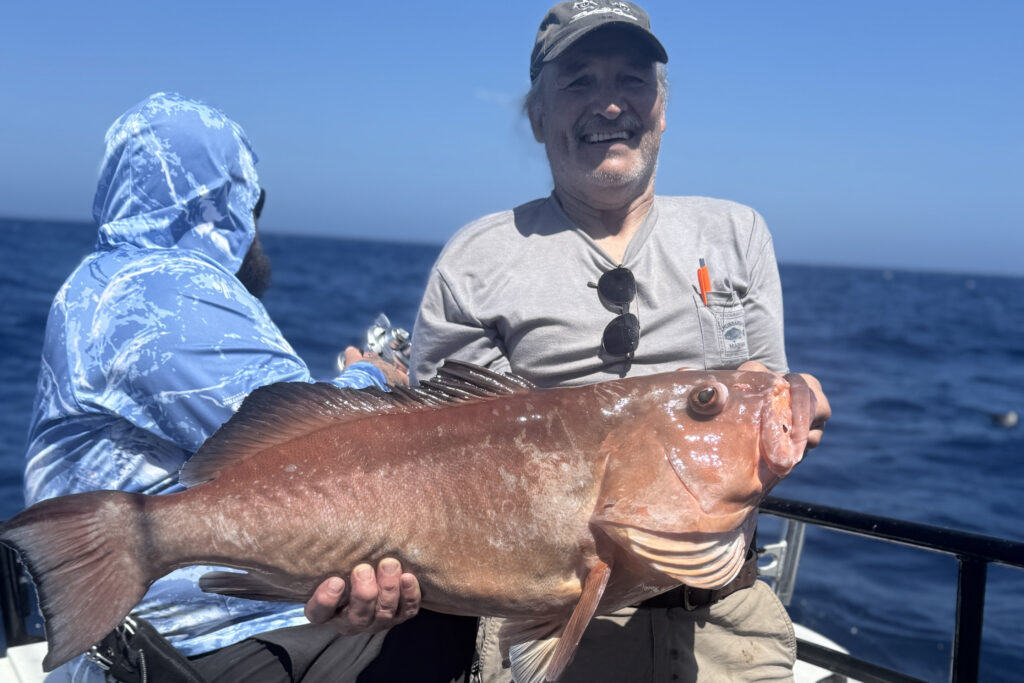
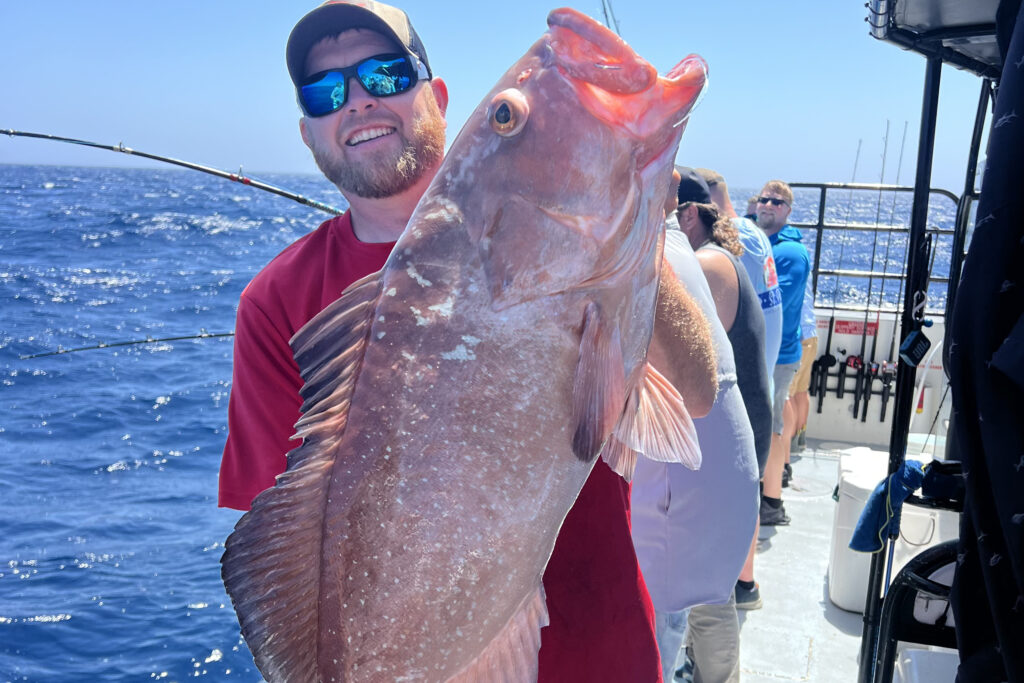
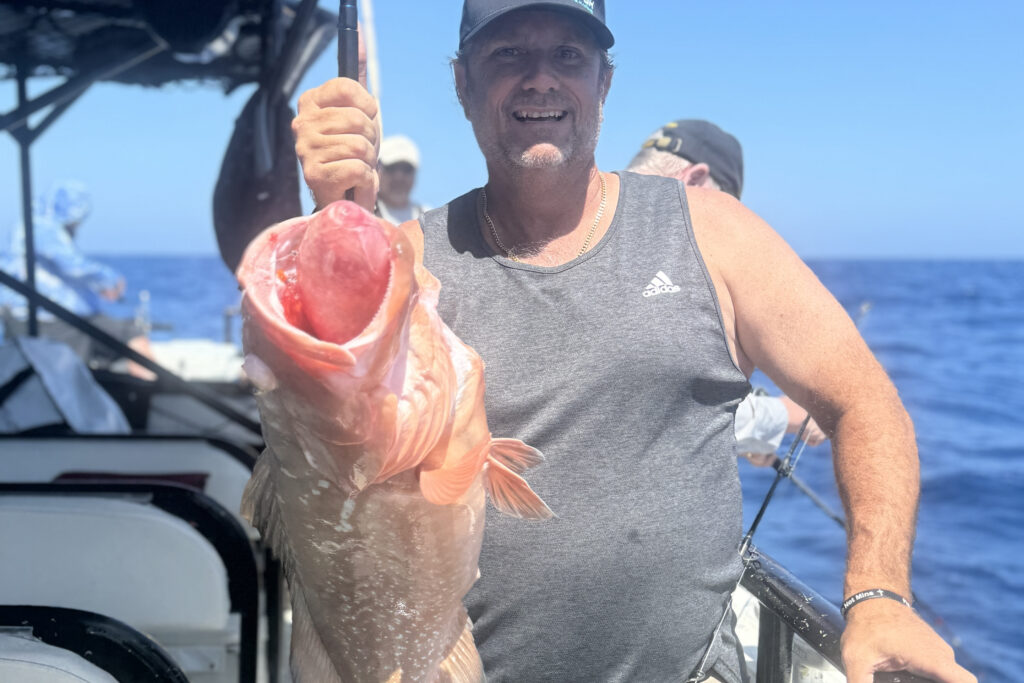
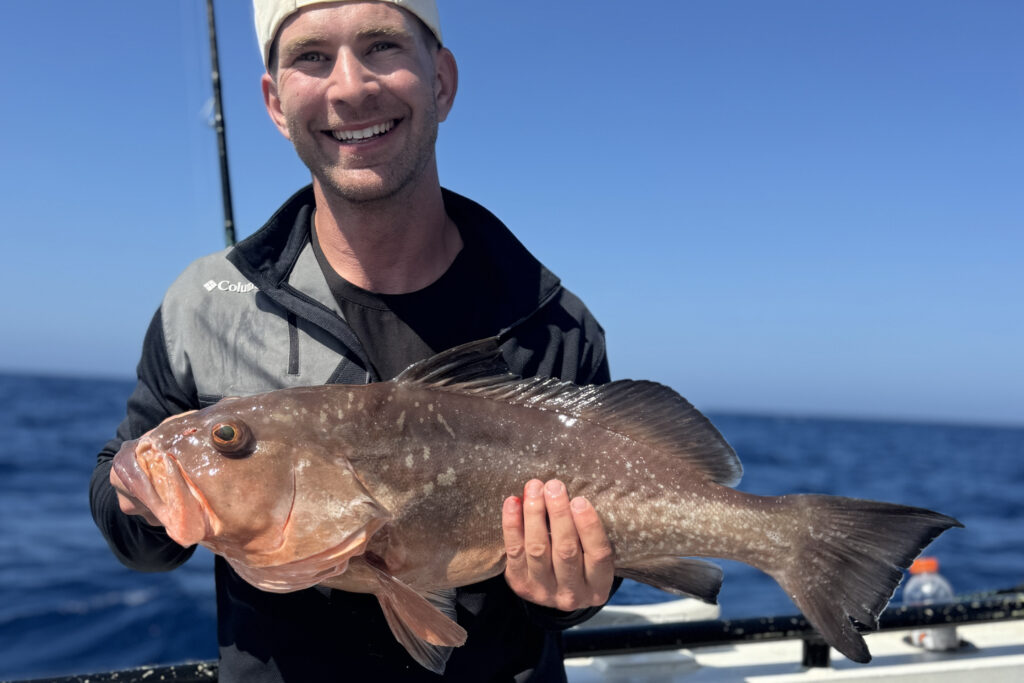
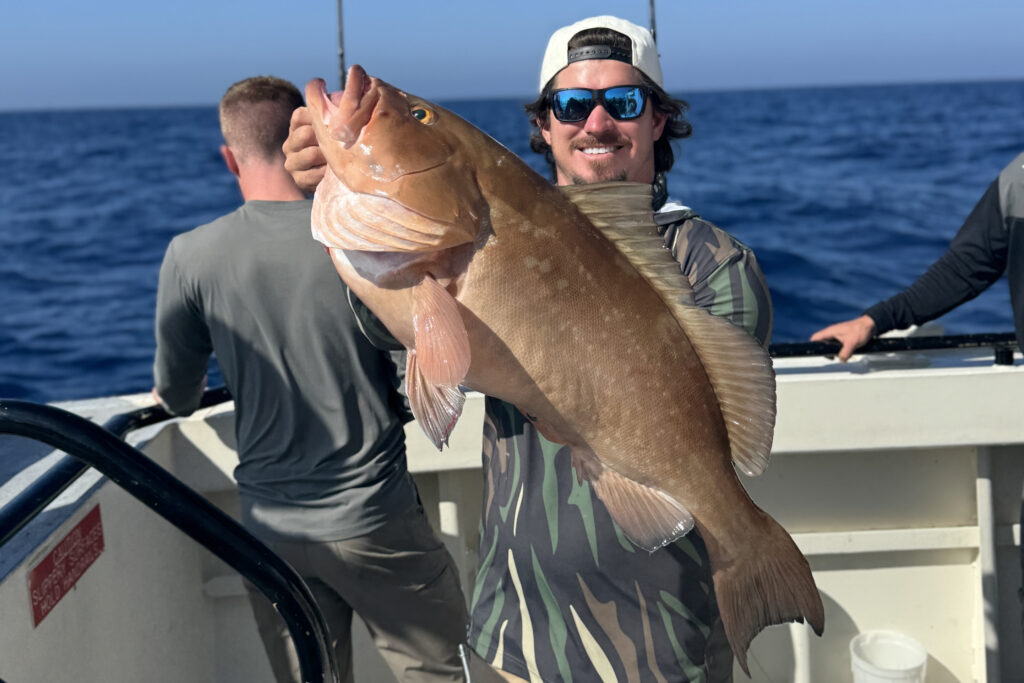
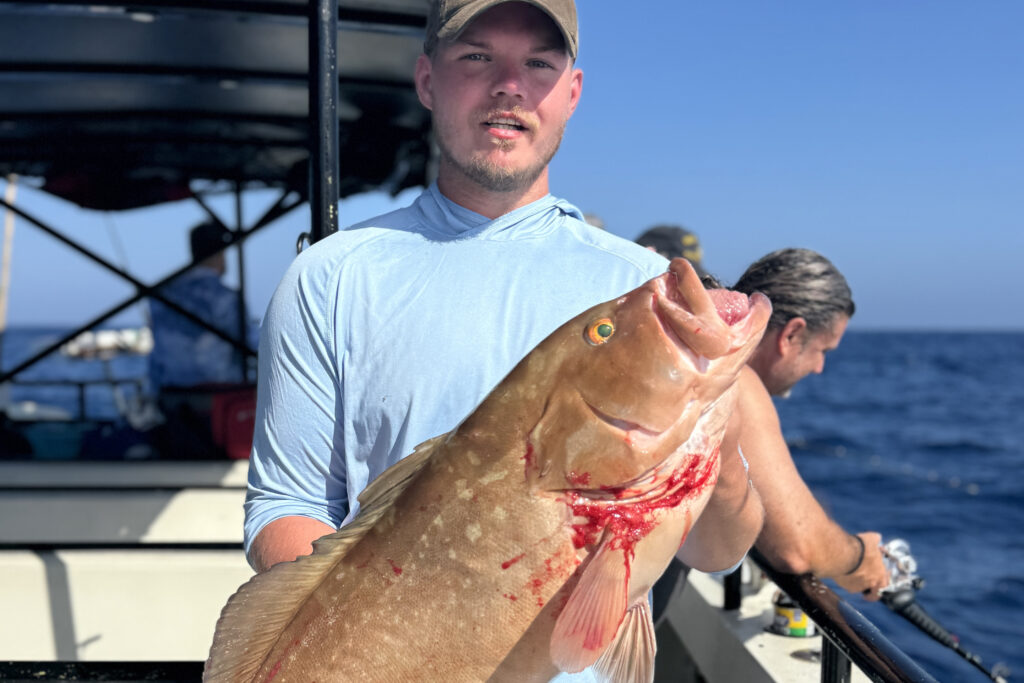
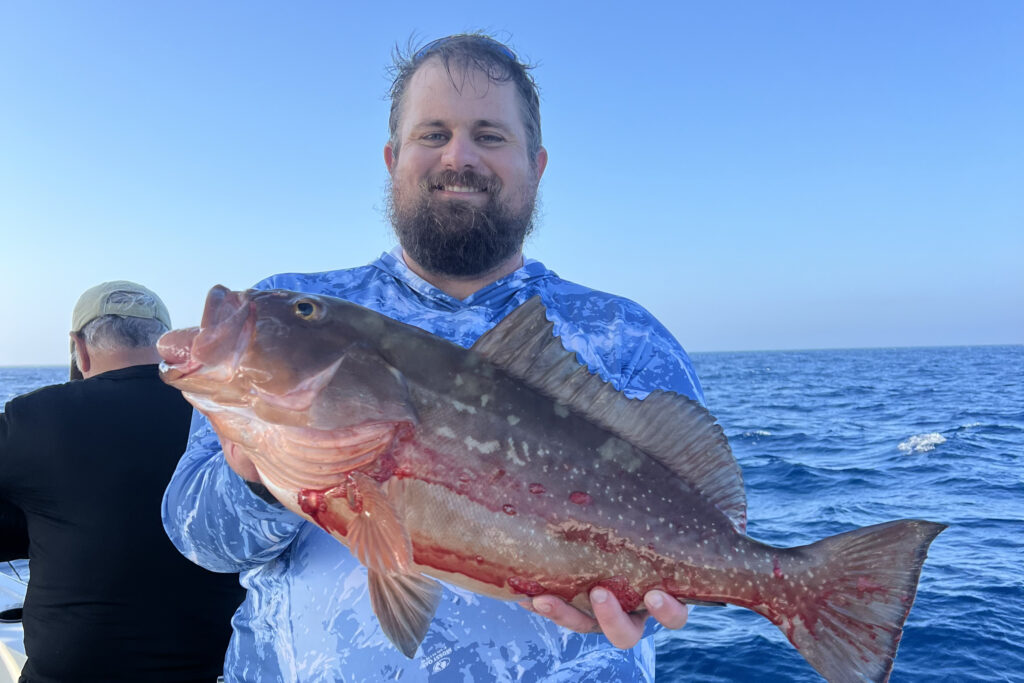
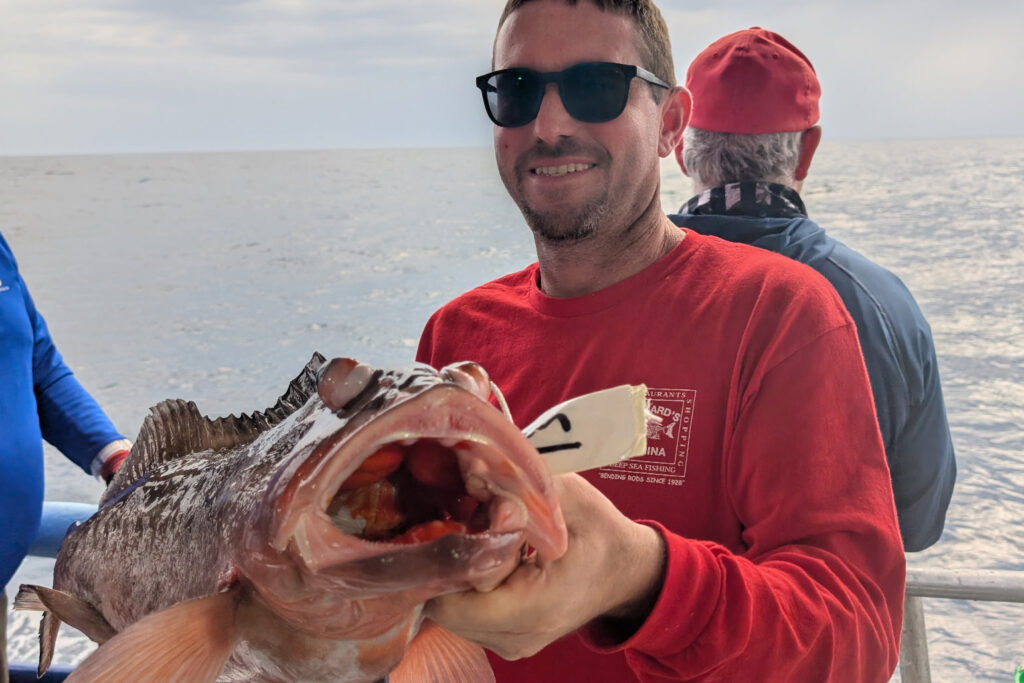
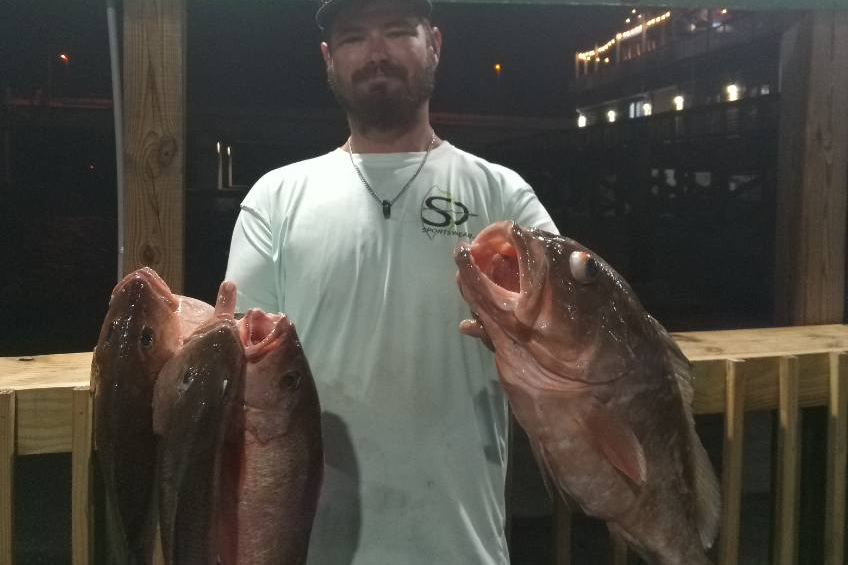
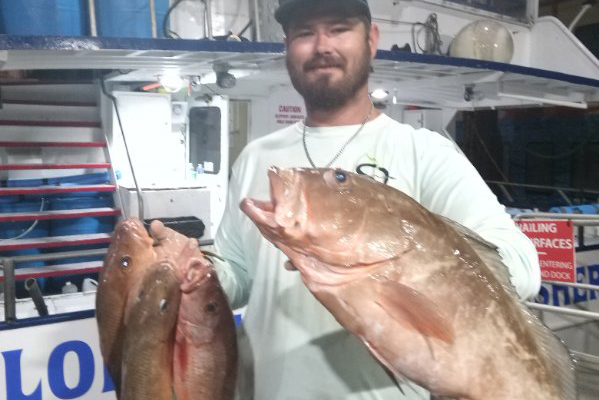
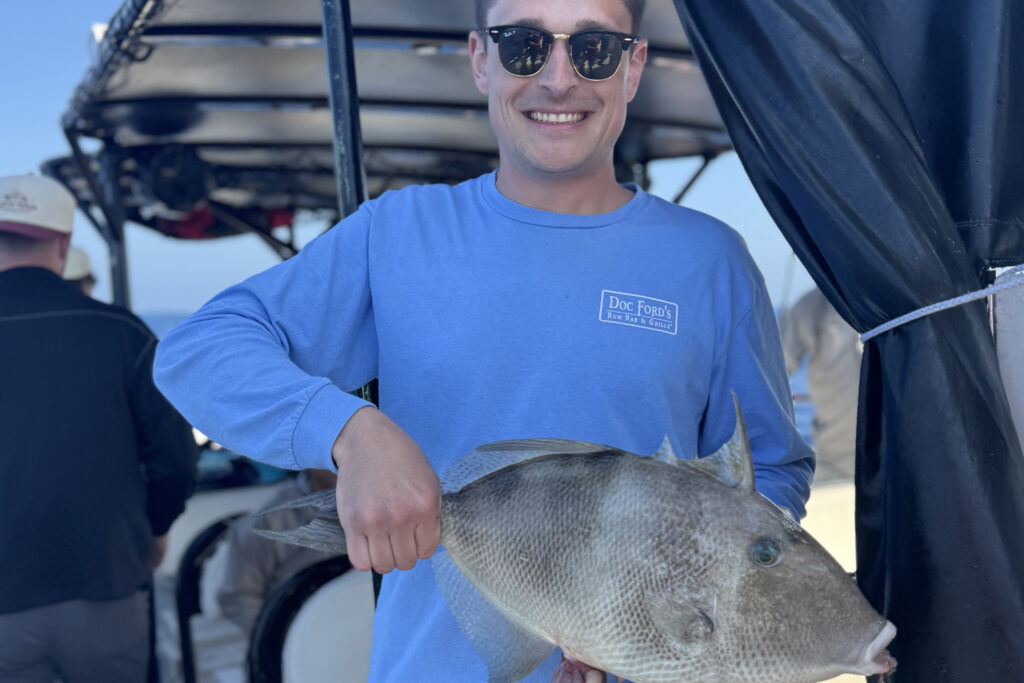
The deepwater (20-fathom) closure has ended, and that means we now have access once again to our most productive offshore zones! Get ready for action, because the bite is already heating up across the board.
Red grouper are coming up in strong numbers on hard bottom, ledges, and potholes in the 100 to 150-foot range. Whole squid, threadfin, and larger live baits like pinfish are working well. Slow-pitch jigs are also picking off some really nice fish for those willing to put in the work.
Mangrove snapper are also cooperating nicely offshore, especially around structure where the current is moving. The cut threadfin on a double snell rig continues to be the go-to technique. Yellowtail are also showing up in solid numbers, particularly for anglers who scale down to lighter leader and smaller chunks of squid or baitfish.
Triggerfish are still open and biting well on squid strips and smaller pieces of cut bait. These delicious reef dwellers are an excellent addition to any cooler and provide lots of action on bottom.
We’re also seeing good numbers of porgies, vermillion snapper, and almacos mixed in for those fishing deeper water. The heads and tails are steady and reliable for building a mixed bag.
And finally, keep an eye on the pelagics—kingfish, blackfin tuna, and even the occasional wahoo are all possible right now as we get closer to the full moon and with water temps steadily climbing.
Seasonal Openings:
Red grouper are open Jan 1st and should remain open until end of may
Triggerfish are open all year EXCEPT Jan, Feb, June, & July
Amberjack are open September & October
Red snapper are open June 1st through august and perhaps even a bit longer!
Gags will open most of the month of September
**all other species are open all year**
Remember that when fishing in deeper nearshore and offshore federal waters, the Descend Act requires you to have a descending device or venting tool “rigged and ready.” If you know how to use a venting tool, keep it prepared. If not, here’s some helpful advice: https://bit.ly/3L5HTnv. Using a descending device is straightforward and doesn’t require as much precision or practice as venting. You can even get over $100 worth of descending device gear for free by taking a short course on barotrauma mitigation, which helps more fish survive. The course only takes about 10-15 minutes, and you can learn valuable techniques to protect our offshore fishery. Spread the word by visiting: https://returnemright.org/.
TERMS OF REFERENCE-
Inshore: This covers the areas from the inner bays, through the bridges, and right up to the beaches.
Near Shore: This includes the coastal waters from the beaches up to twenty miles offshore, or up to a depth of 100 feet.
Offshore: This extends from twenty miles offshore or from a depth of 100 feet and beyond.
For more fishing reports, photos, videos, and other content, check out Hubbard’s Marina on Facebook, Instagram, YouTube, TikTok, Twitter, Pinterest, or Snapchat by searching for @HubbardsMarina. Remember our family motto: “If you’re too busy to go fishing, you’re just too busy!” Thank you for reading our report.
Capt. Dylan Hubbard, Hubbard’s Marina
Phone or text: (727) 393-1947
Website: Hubbard’s Marina

